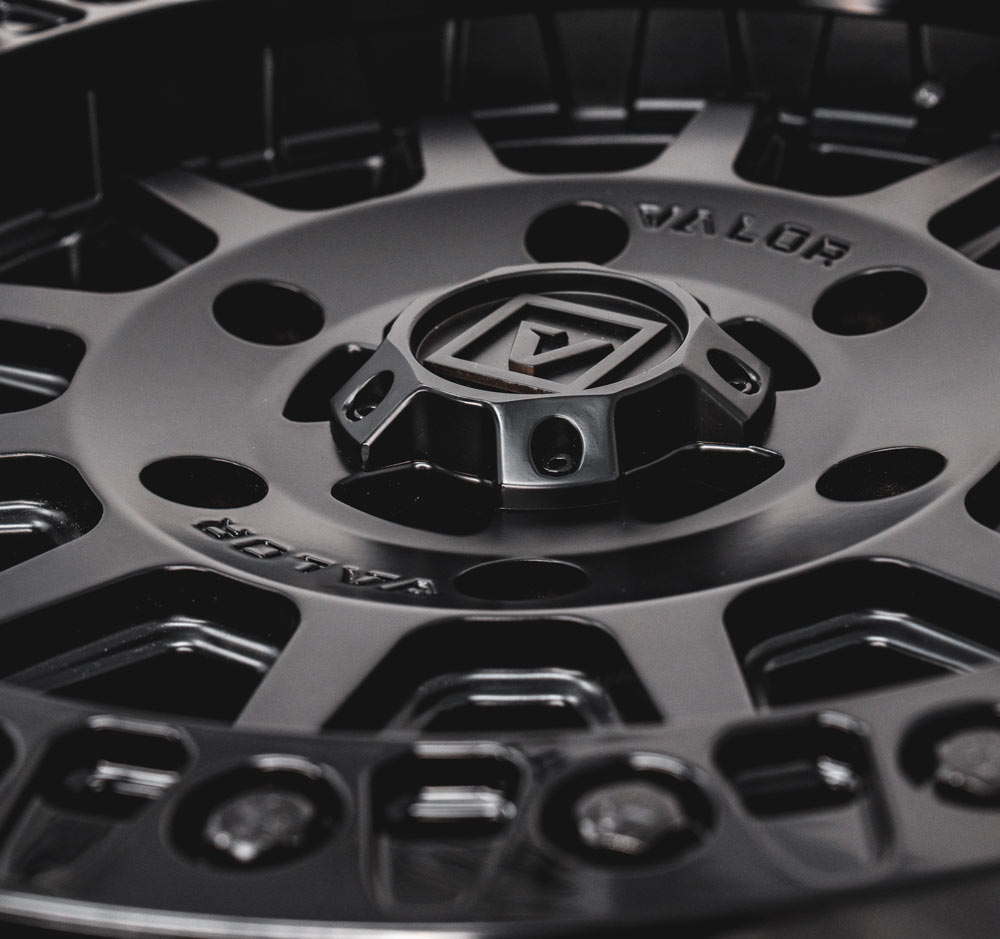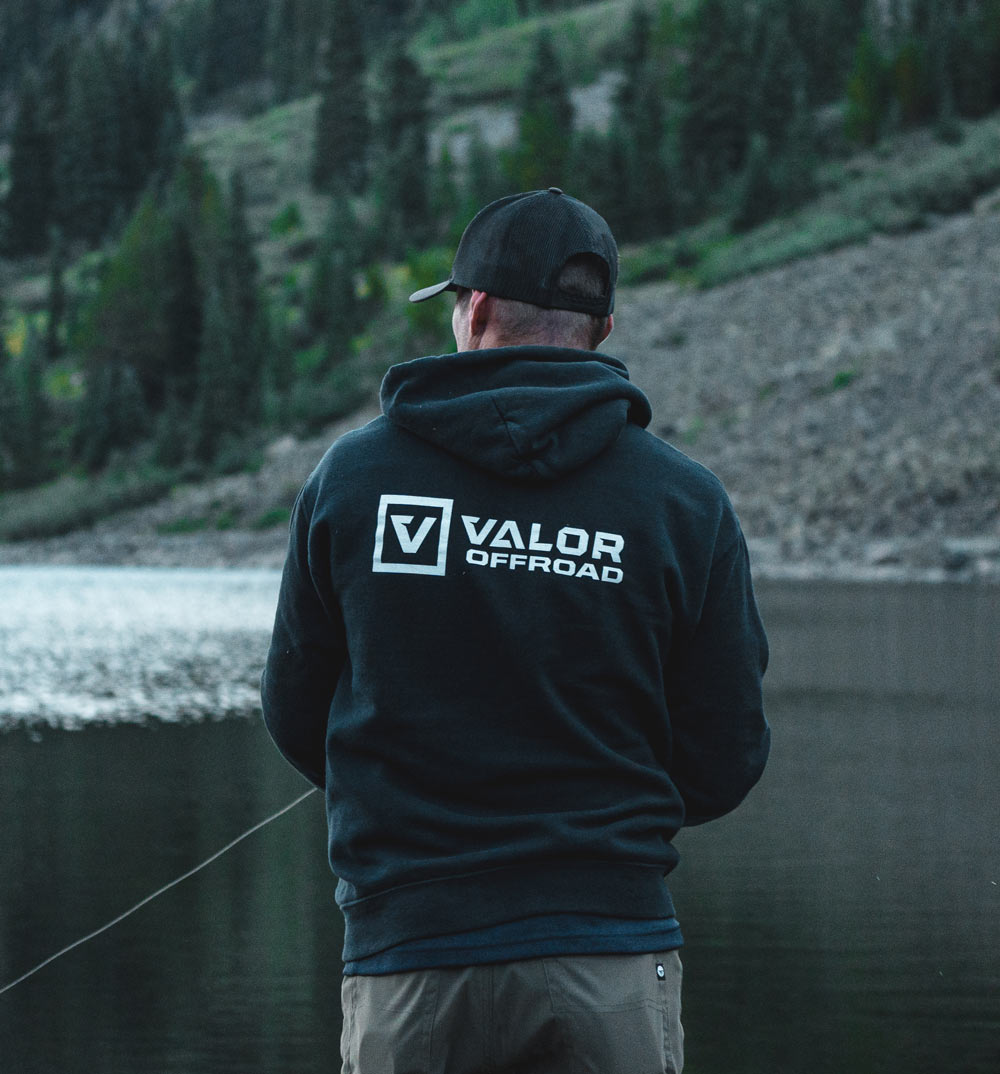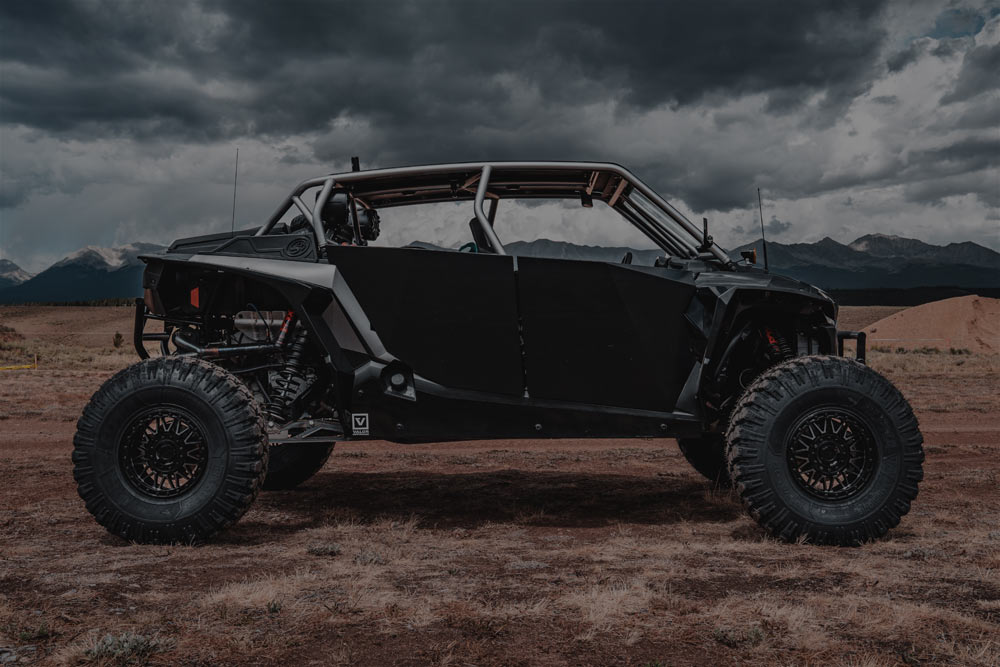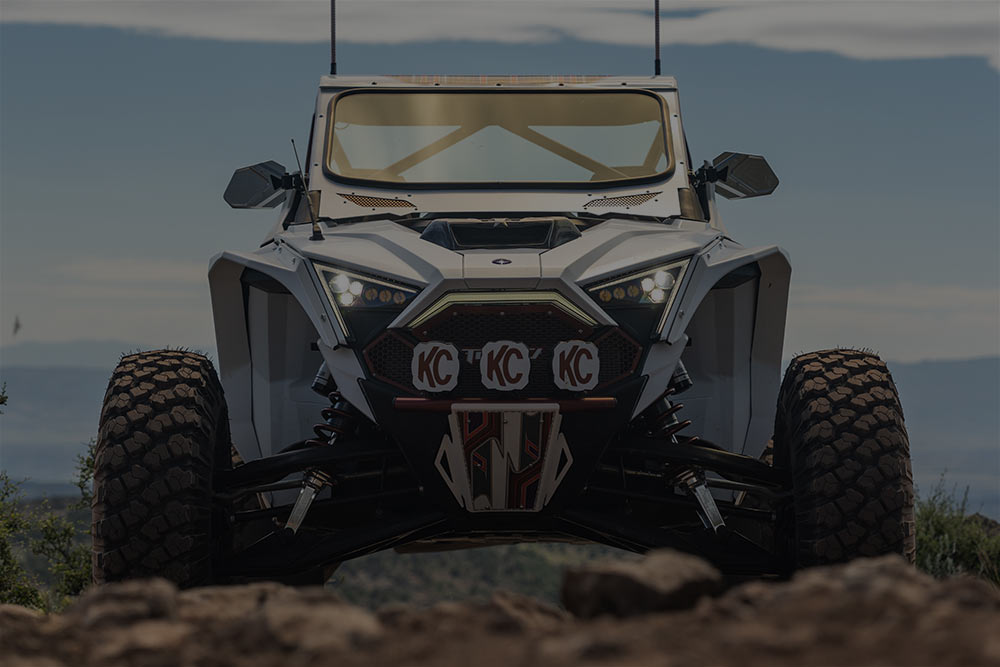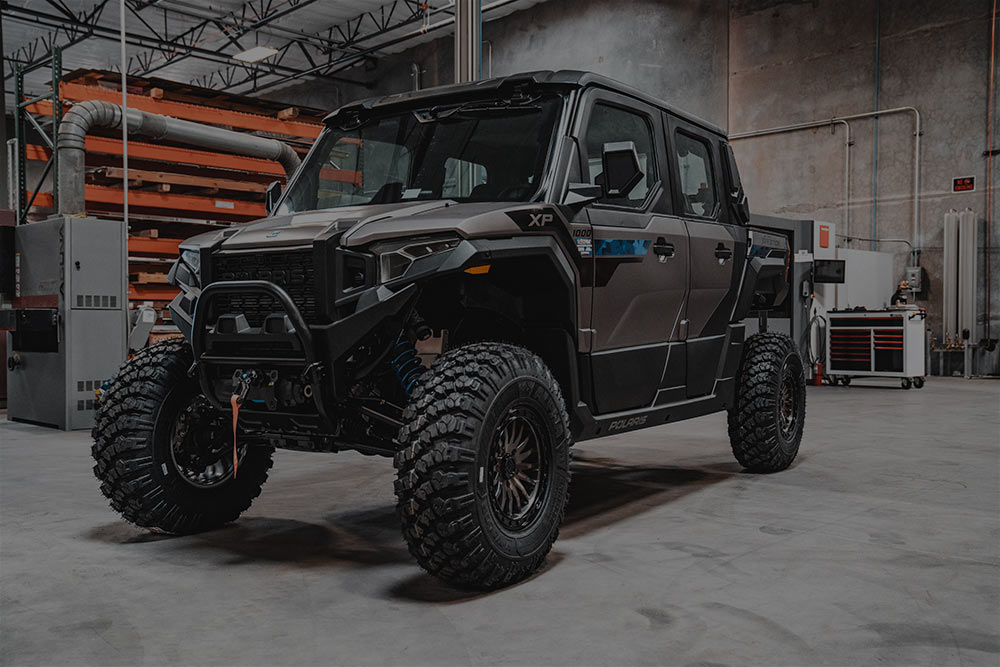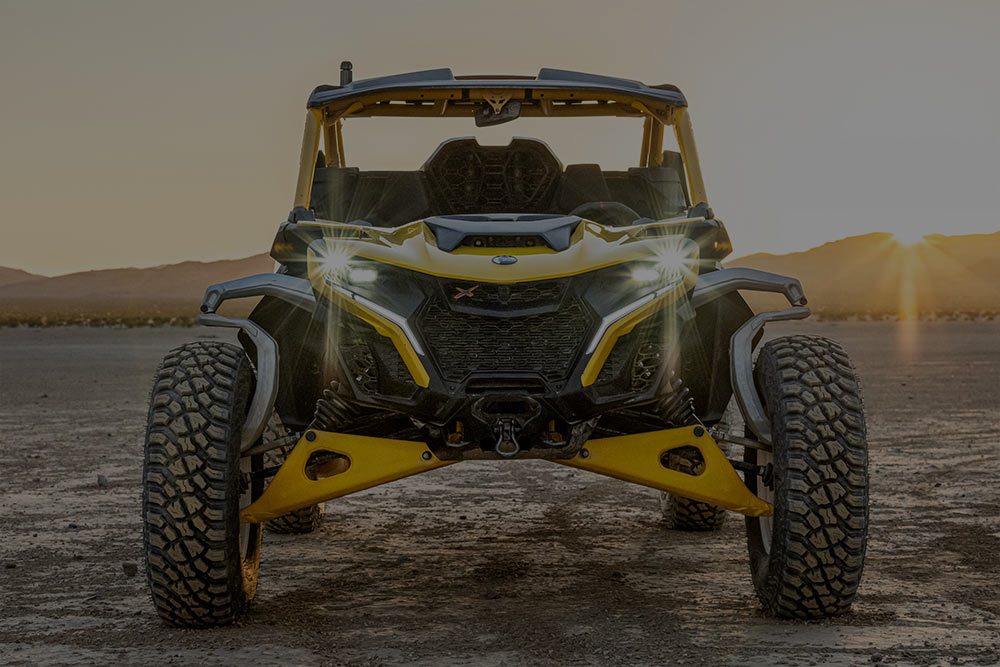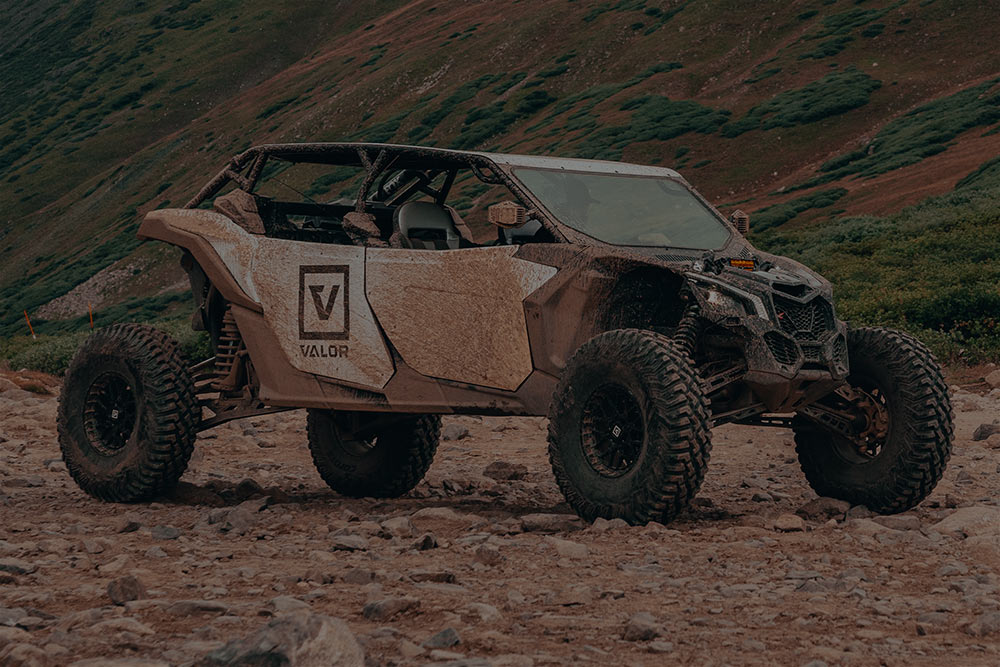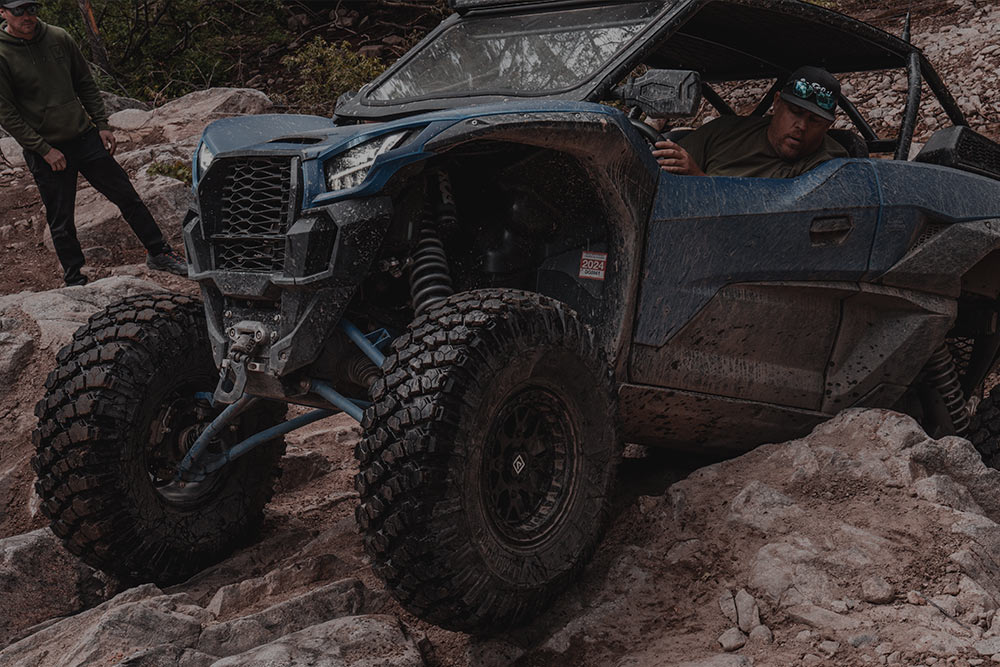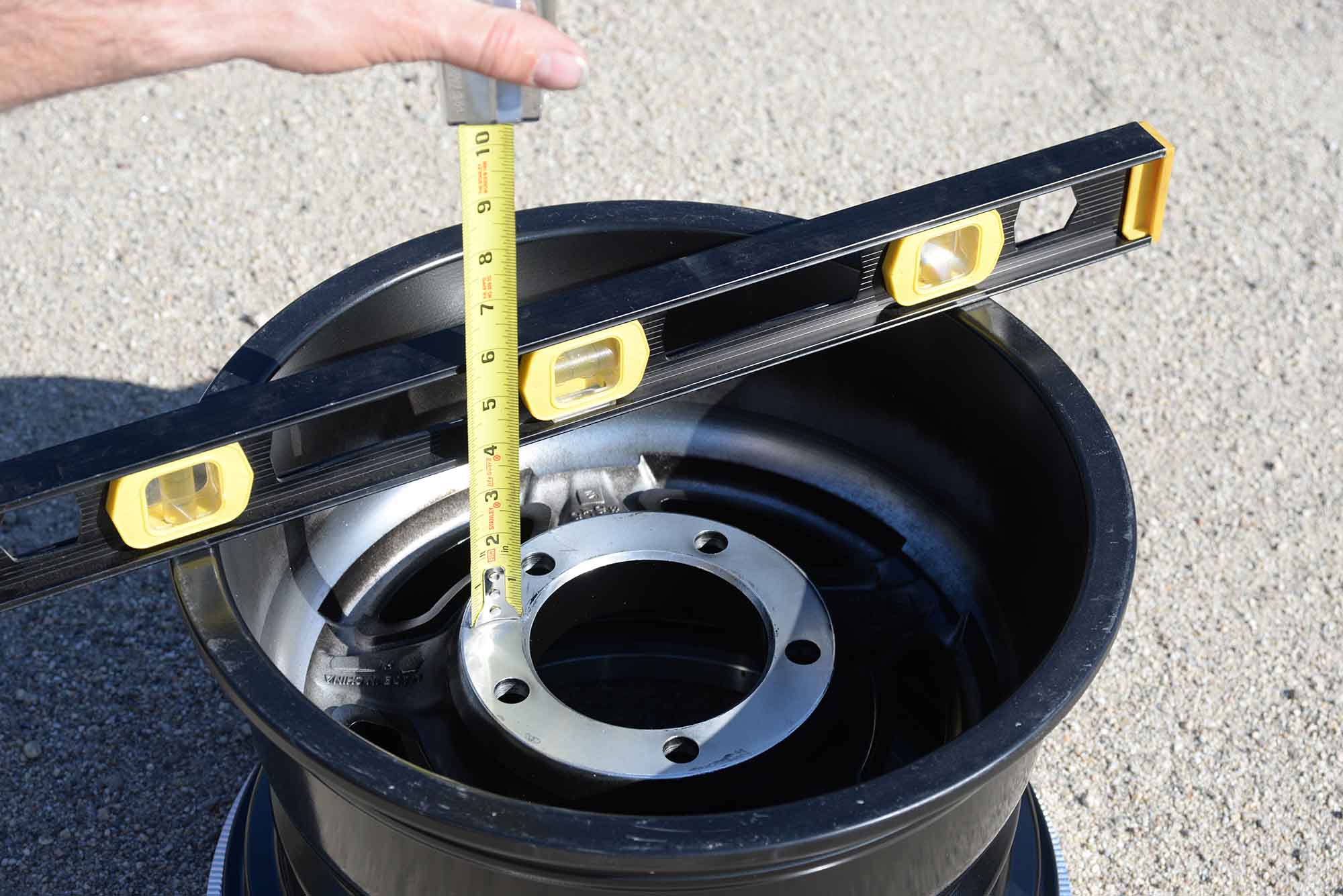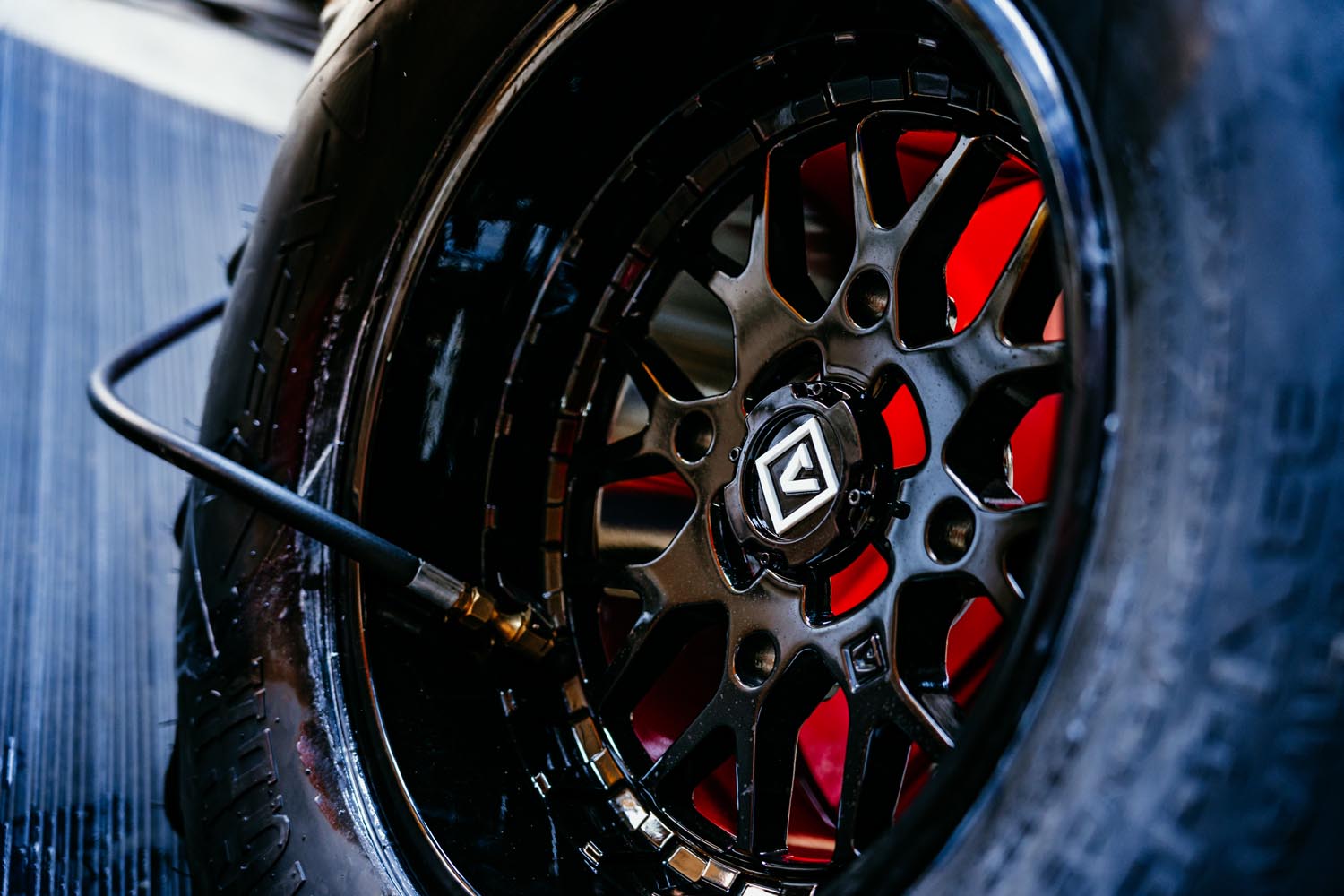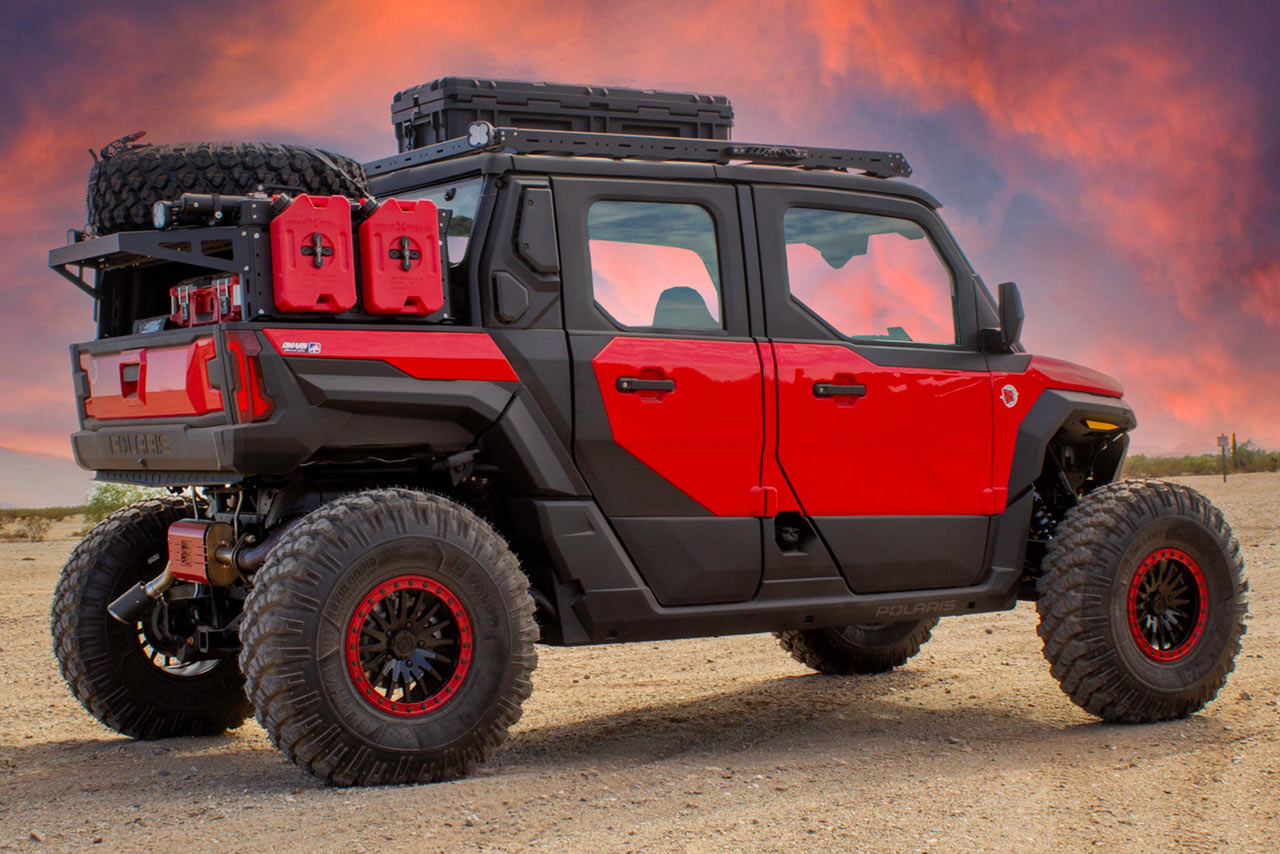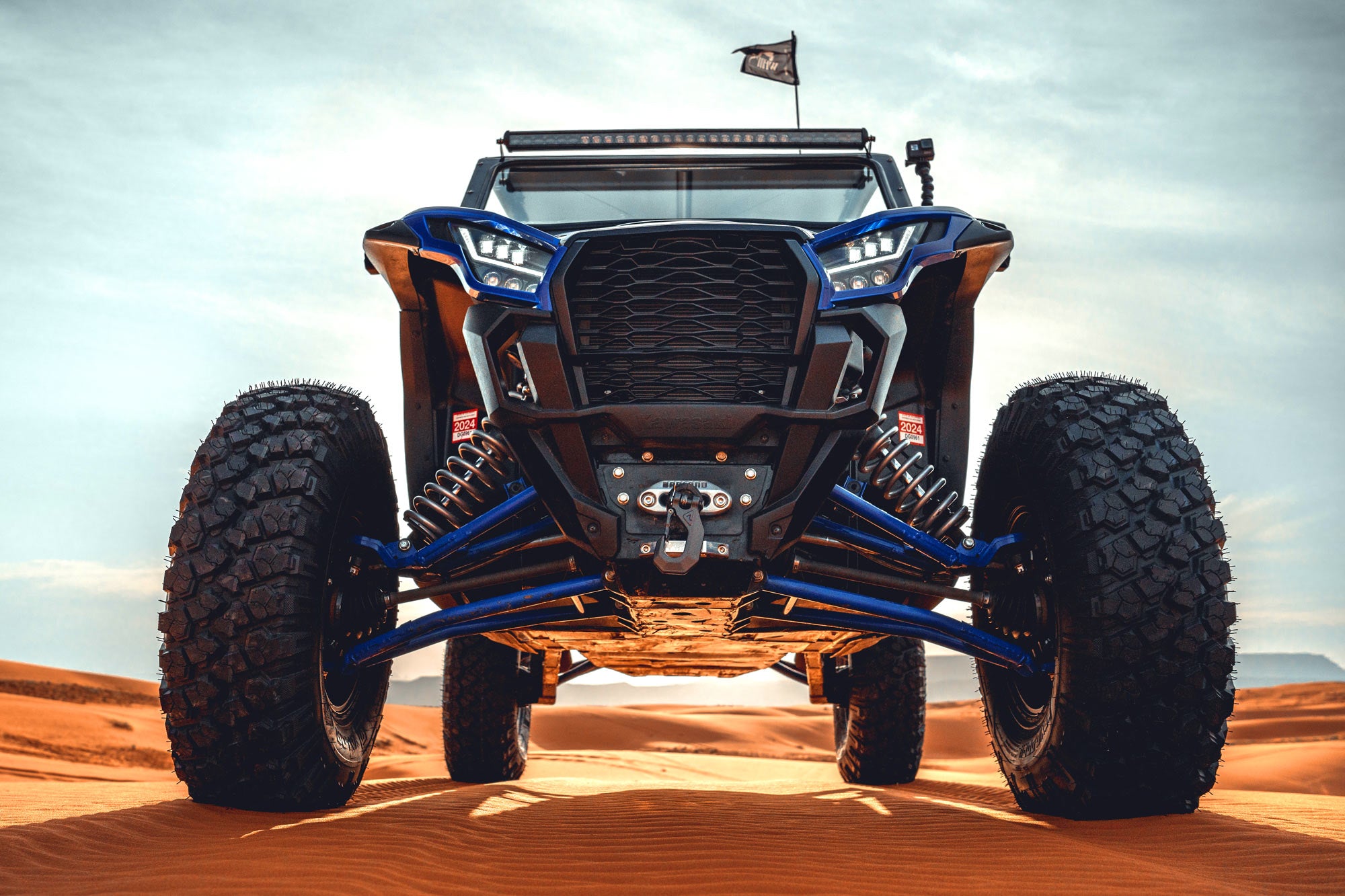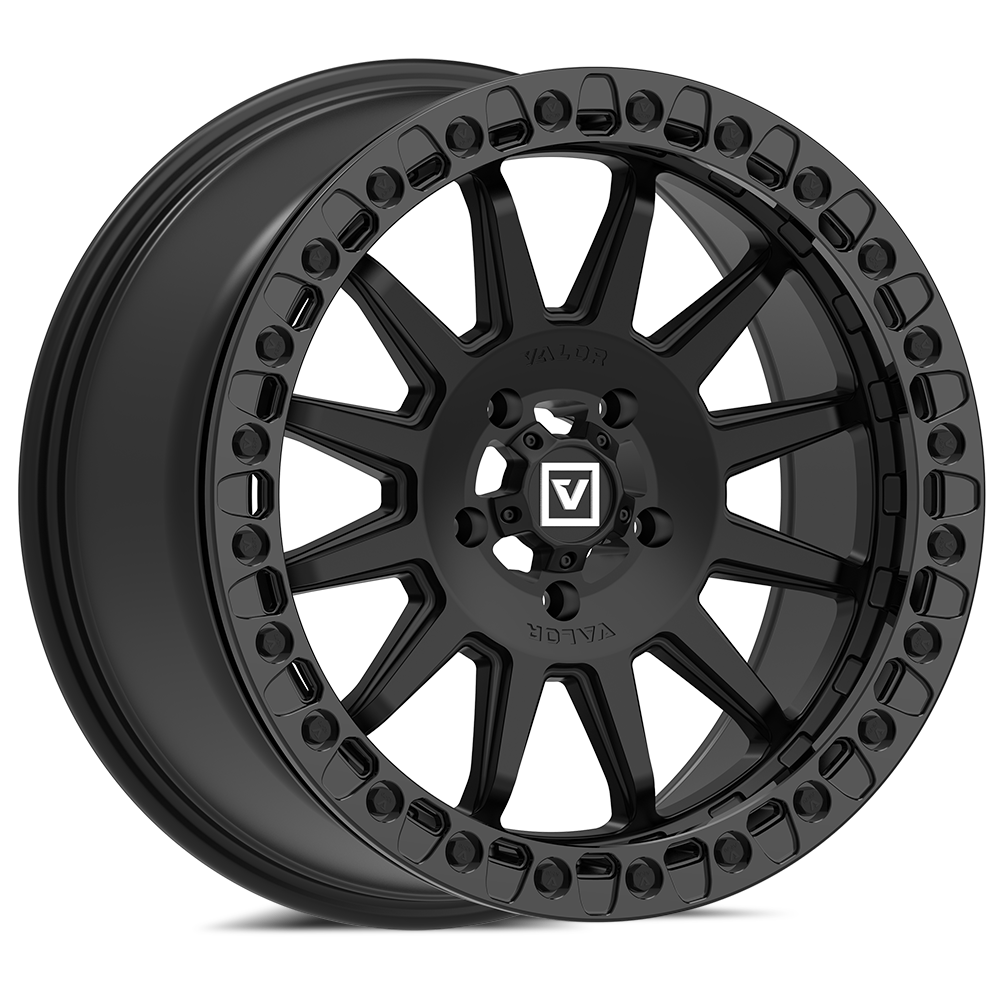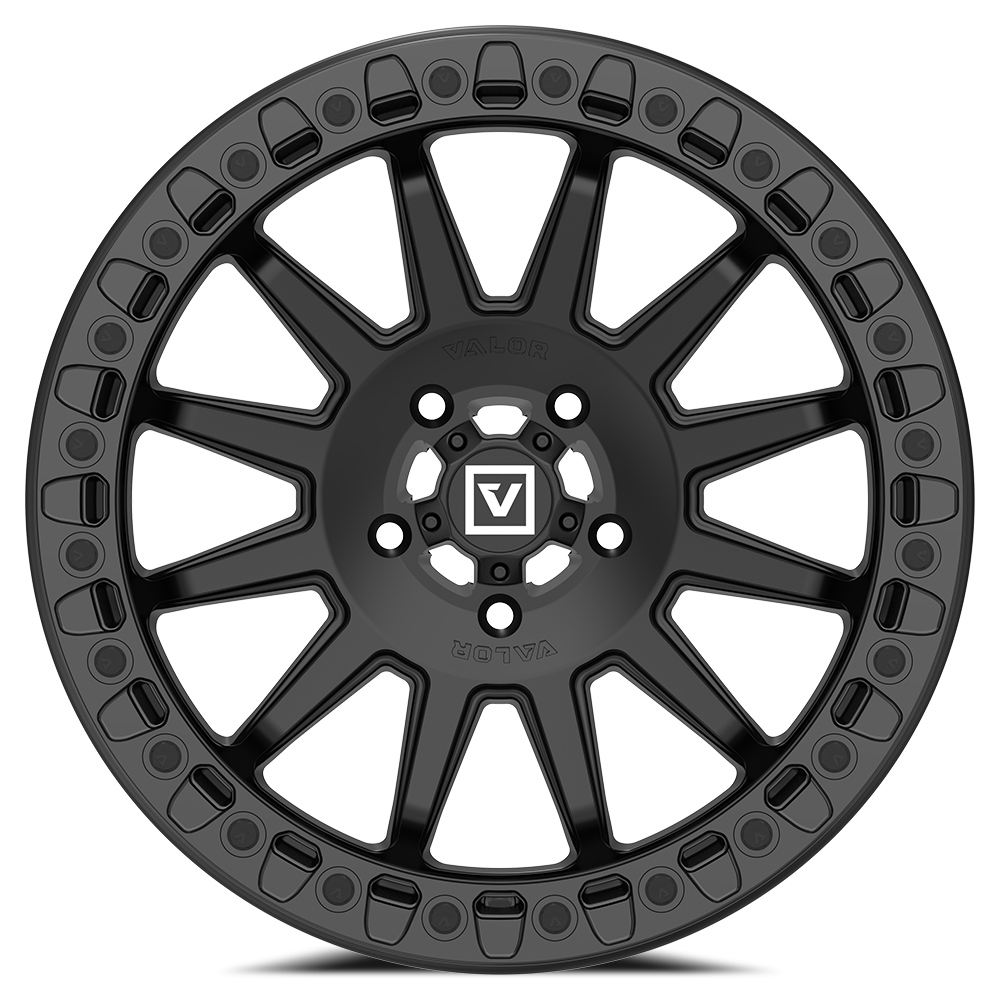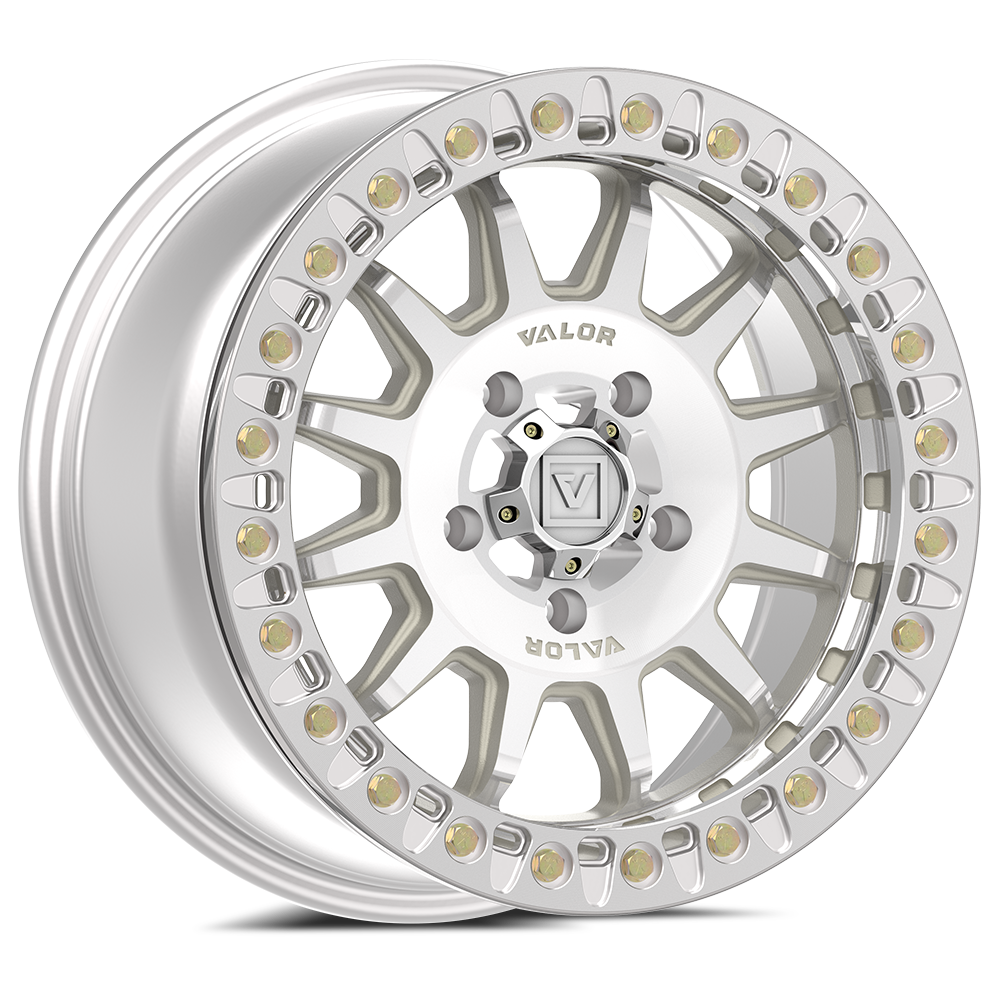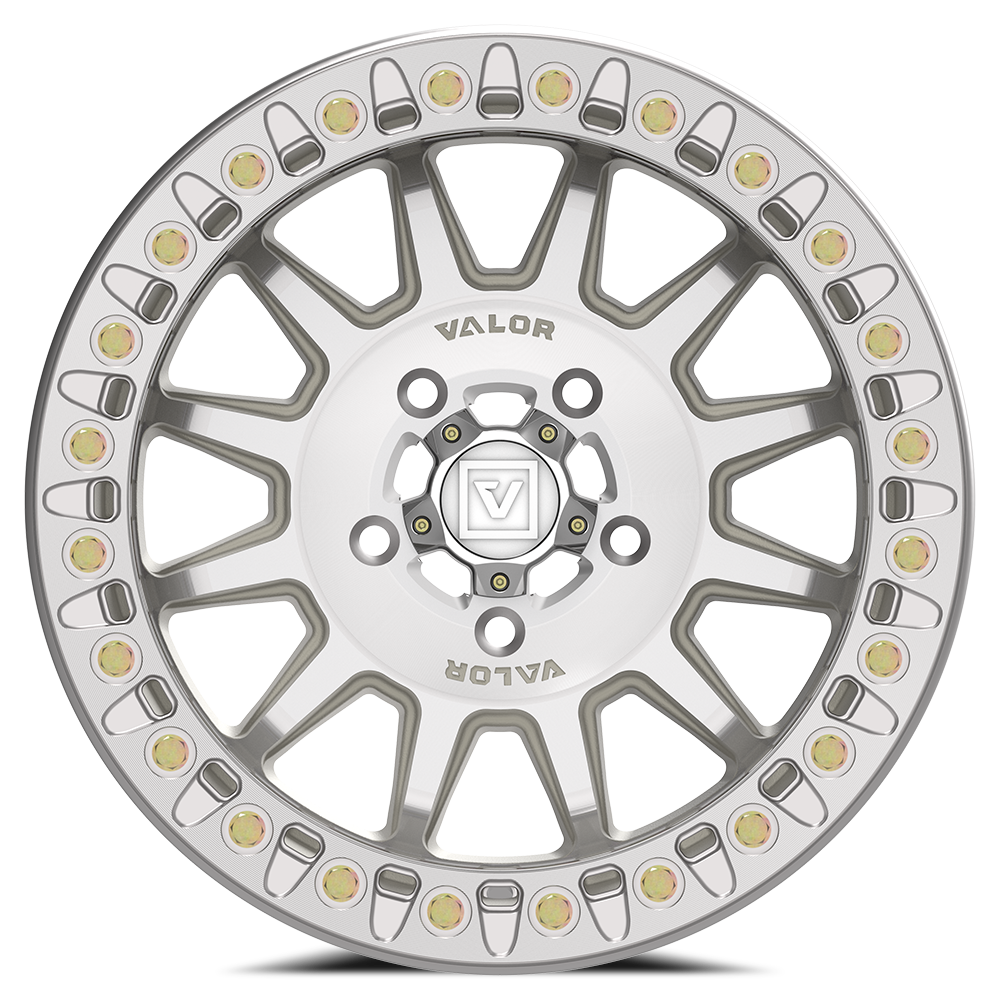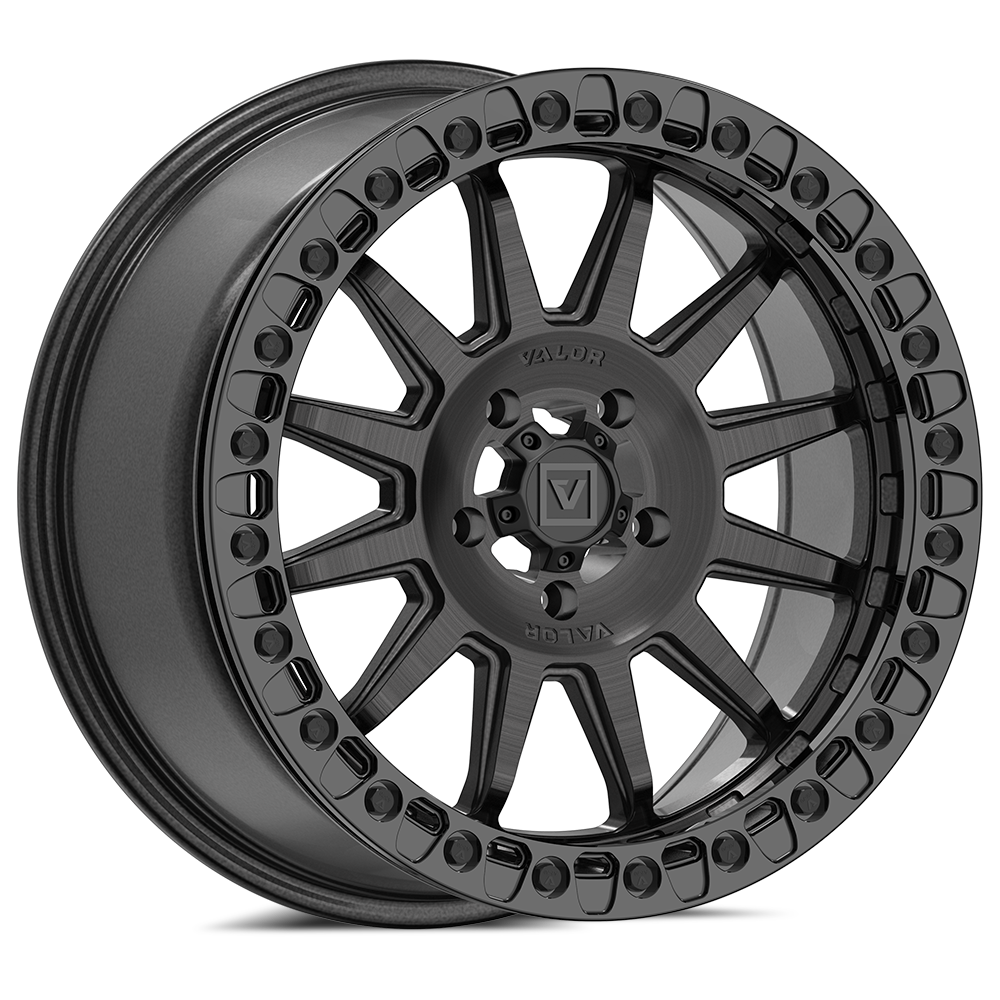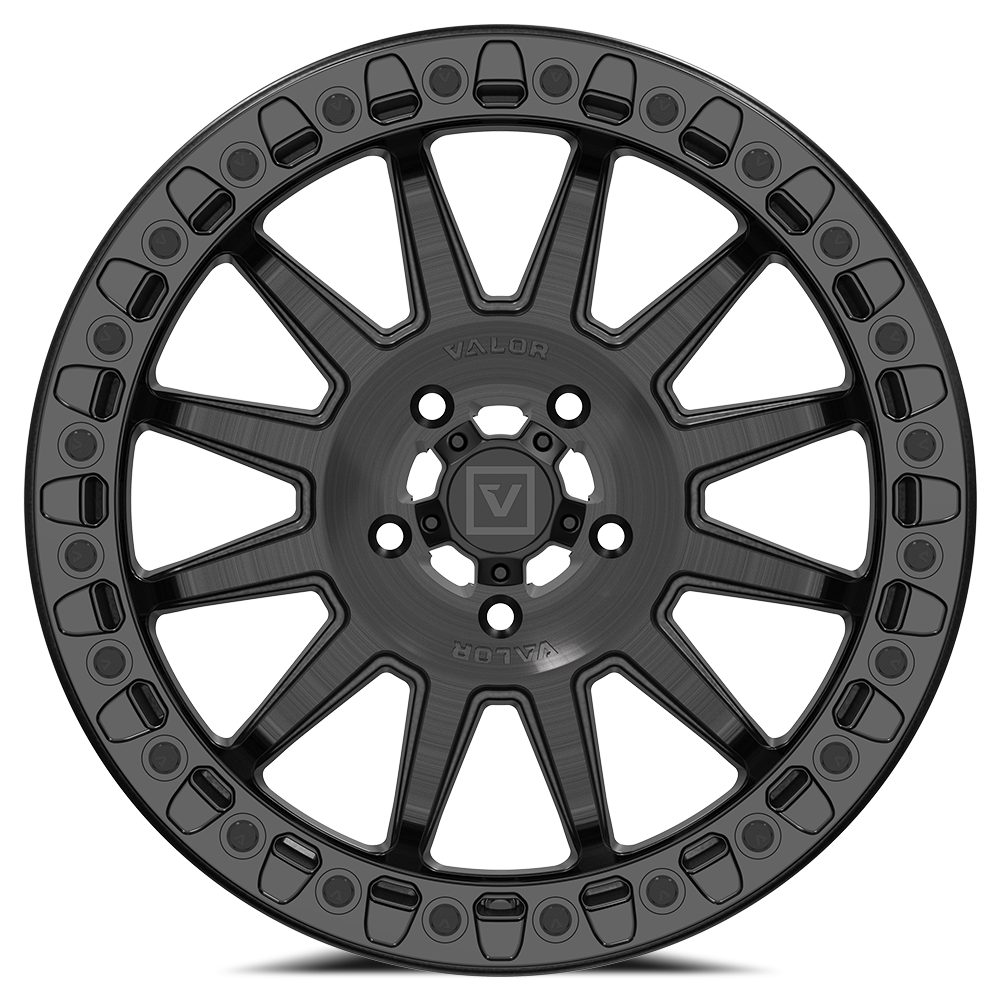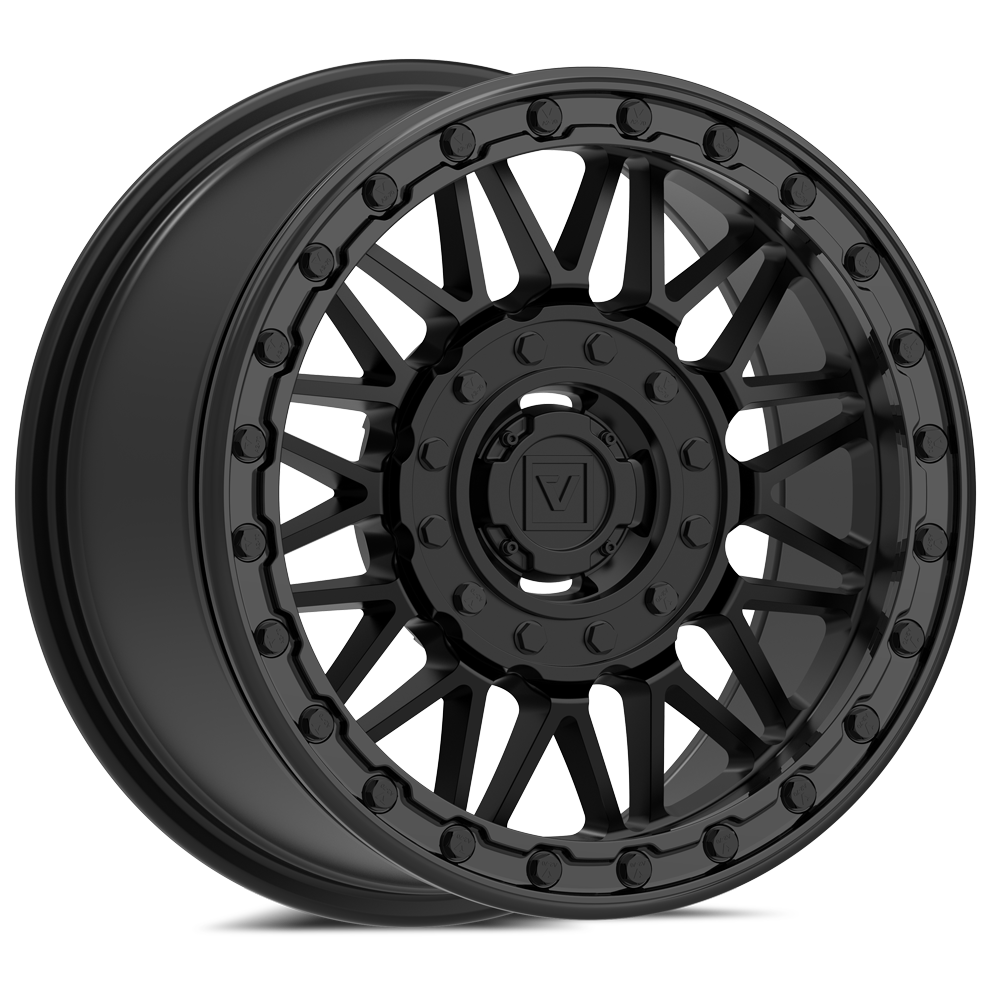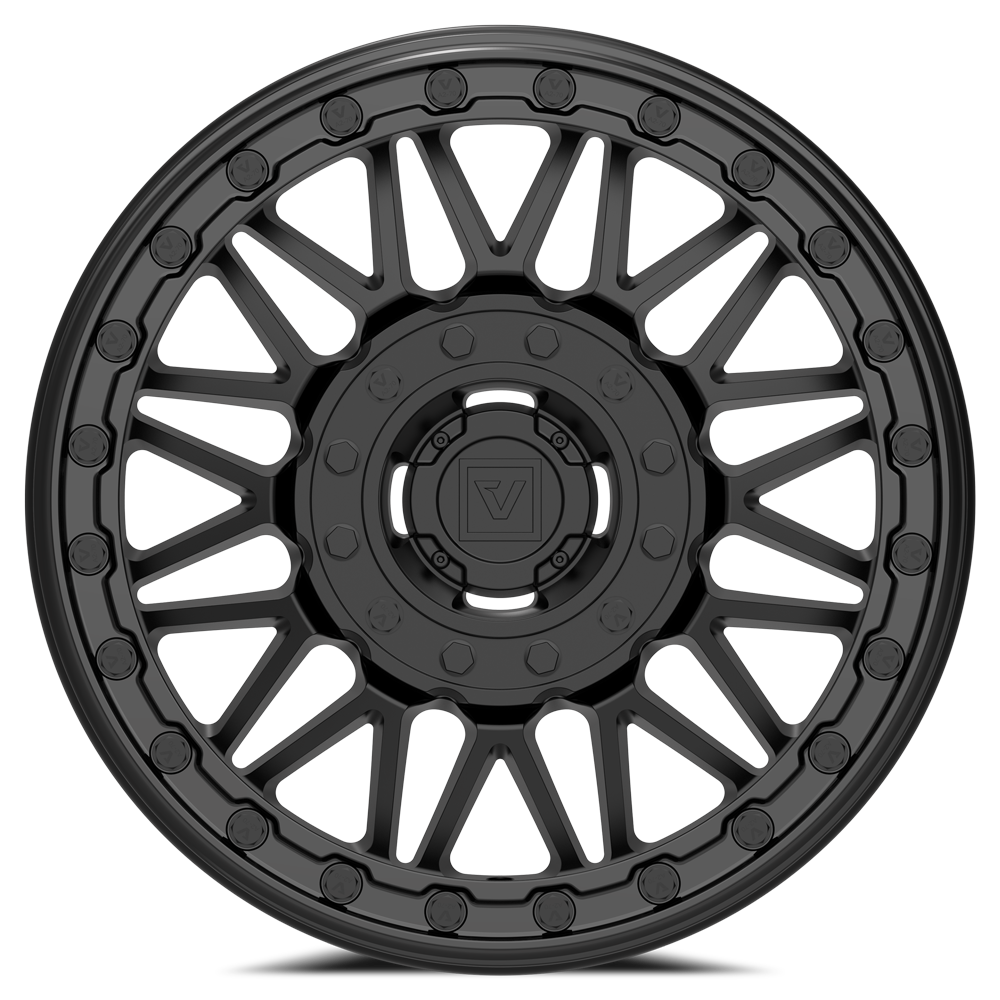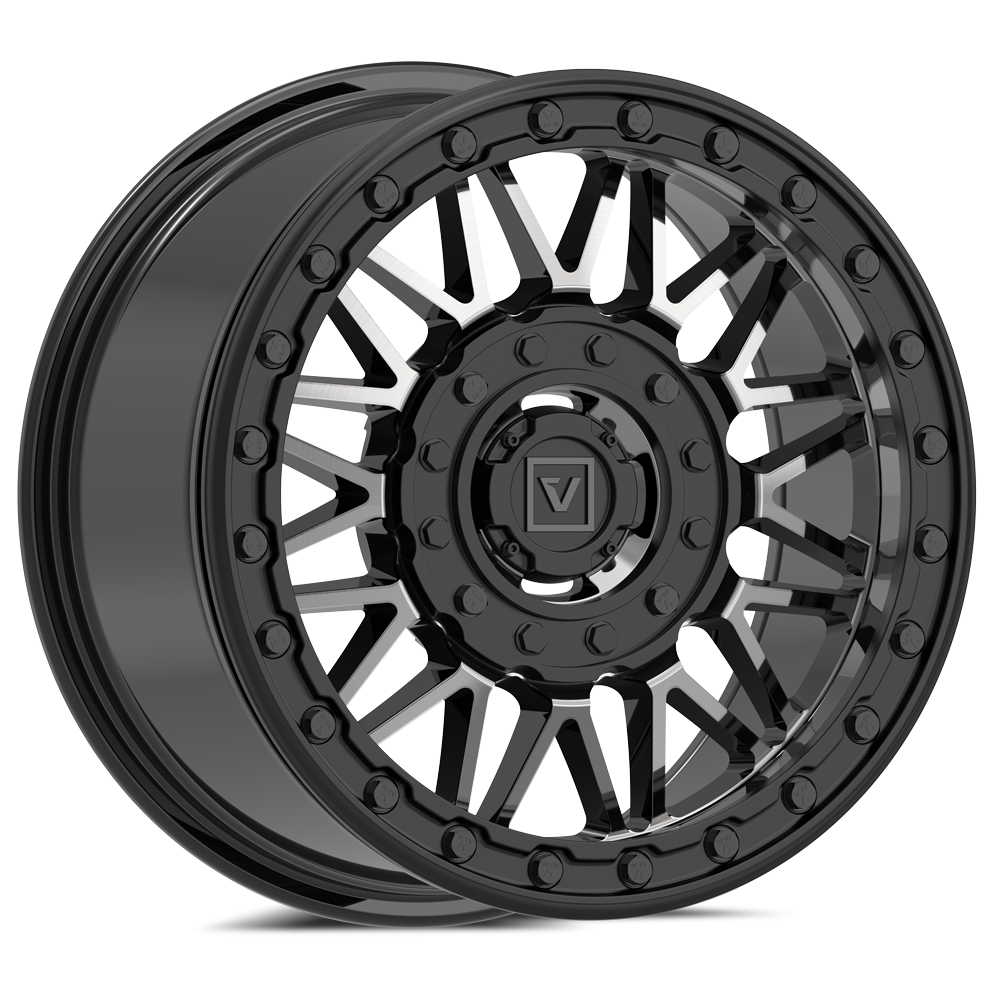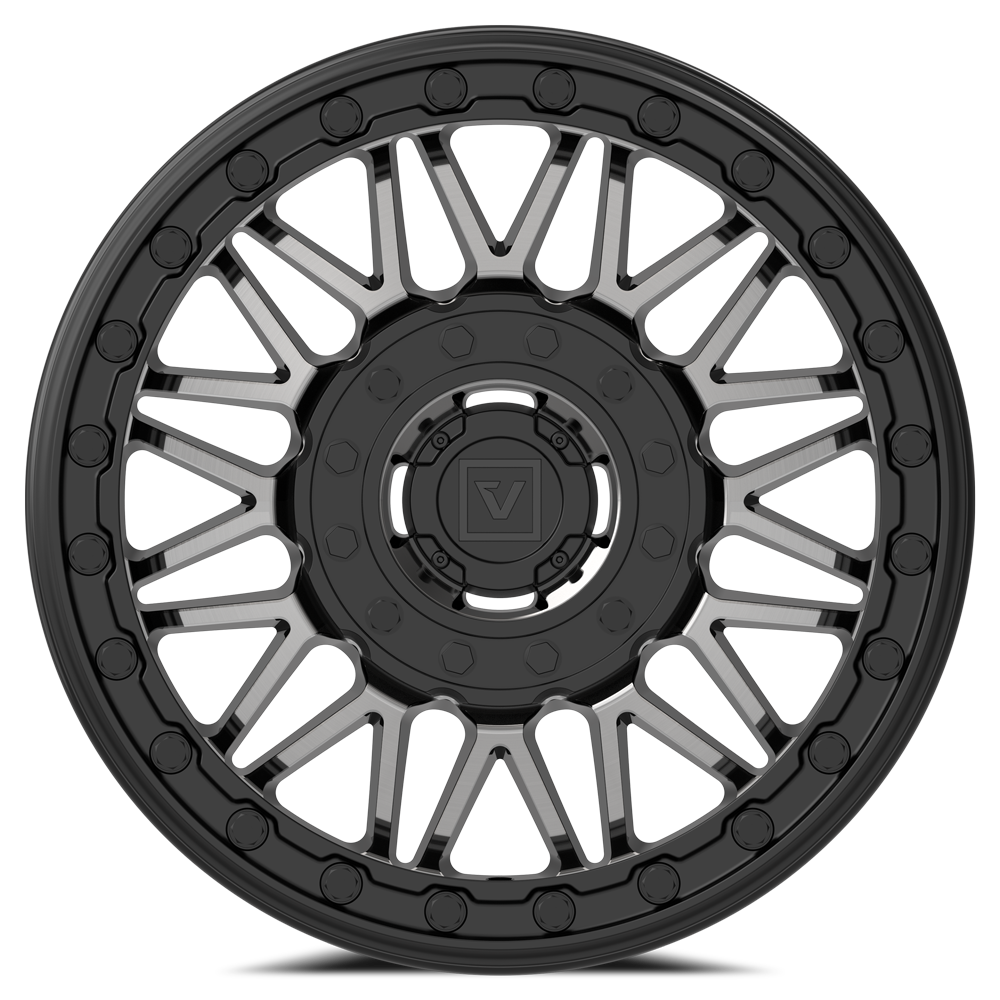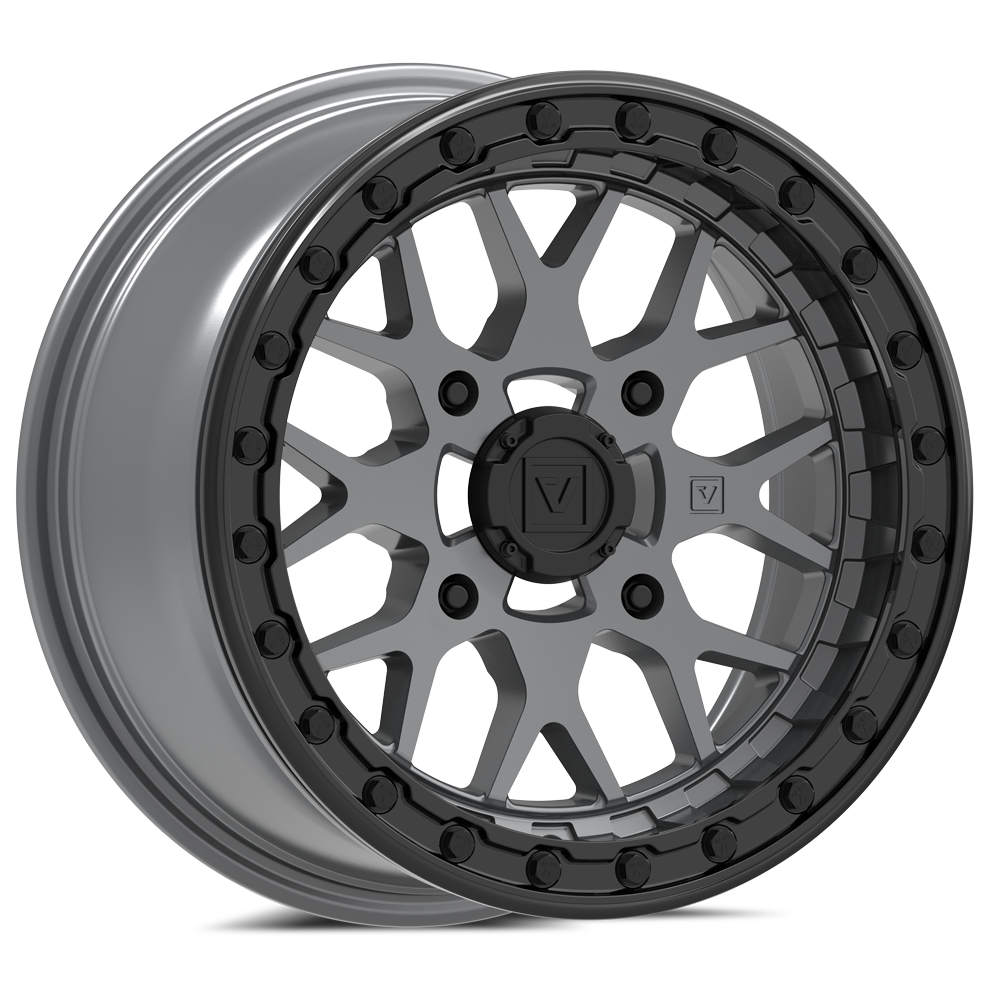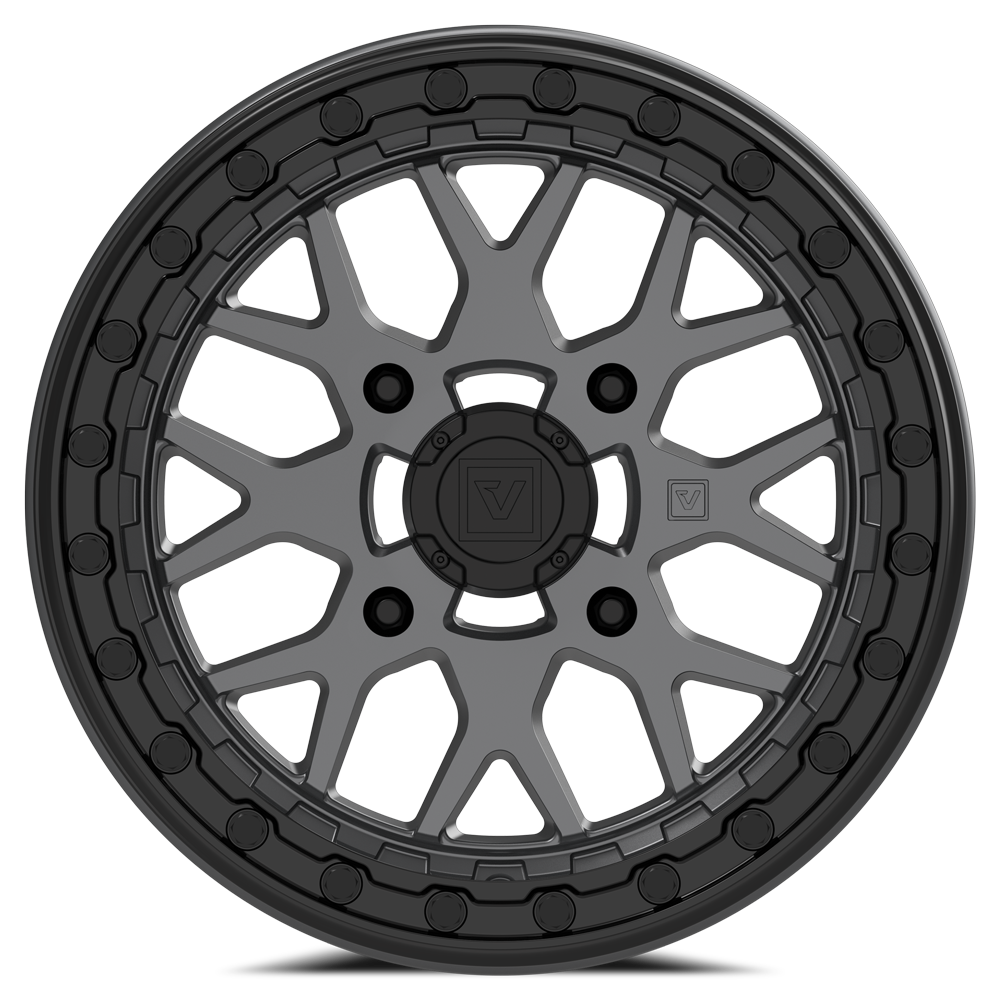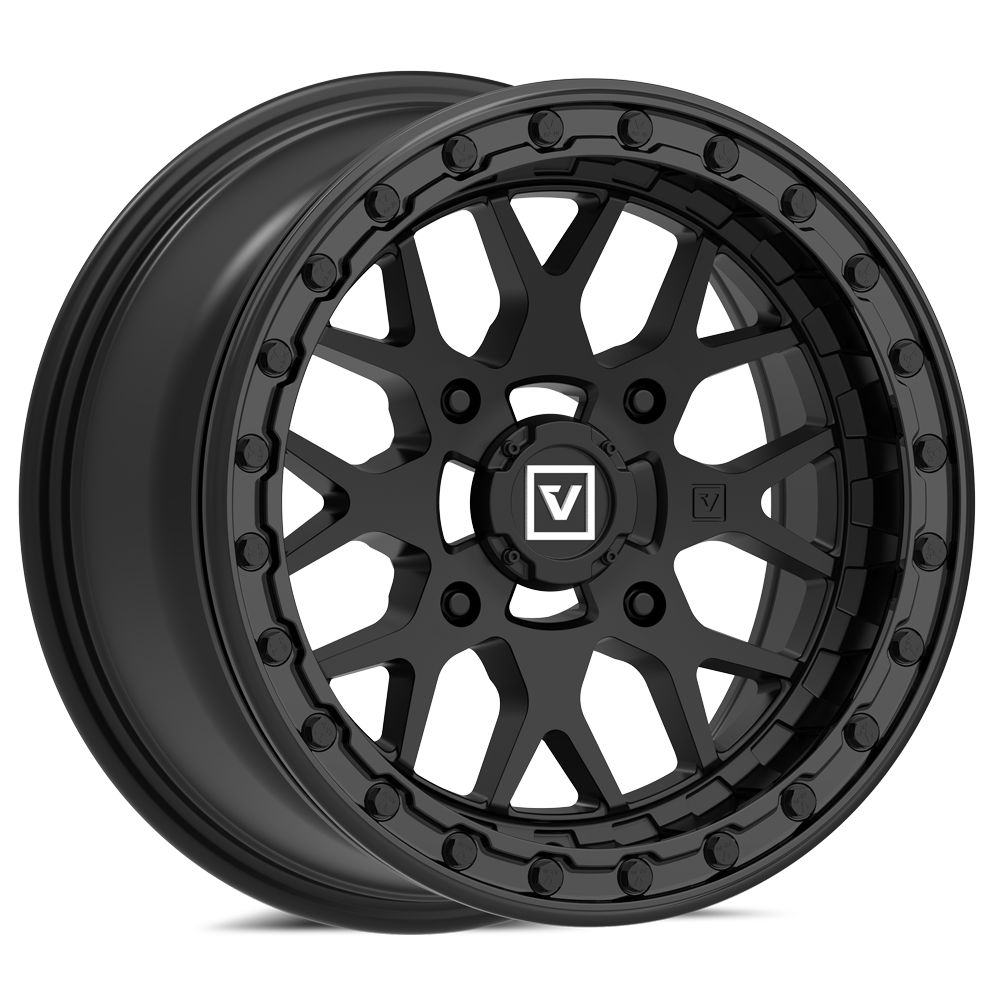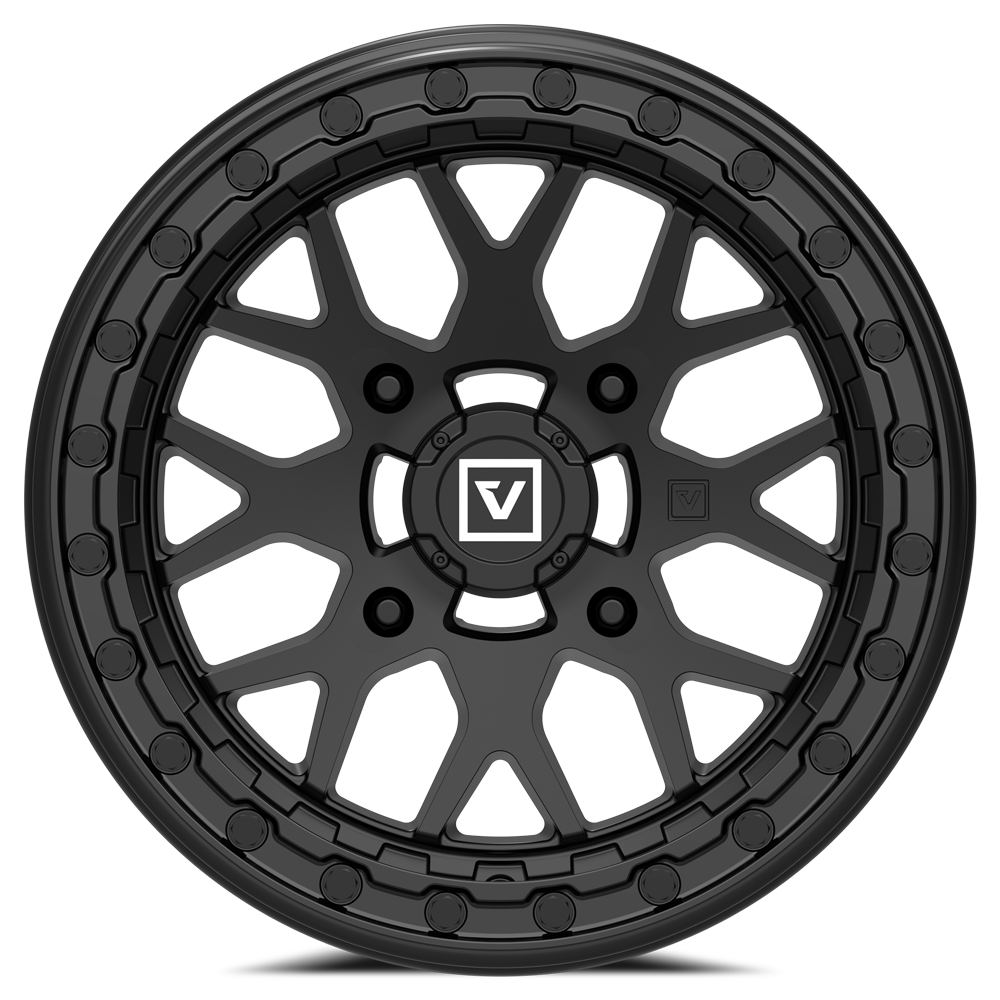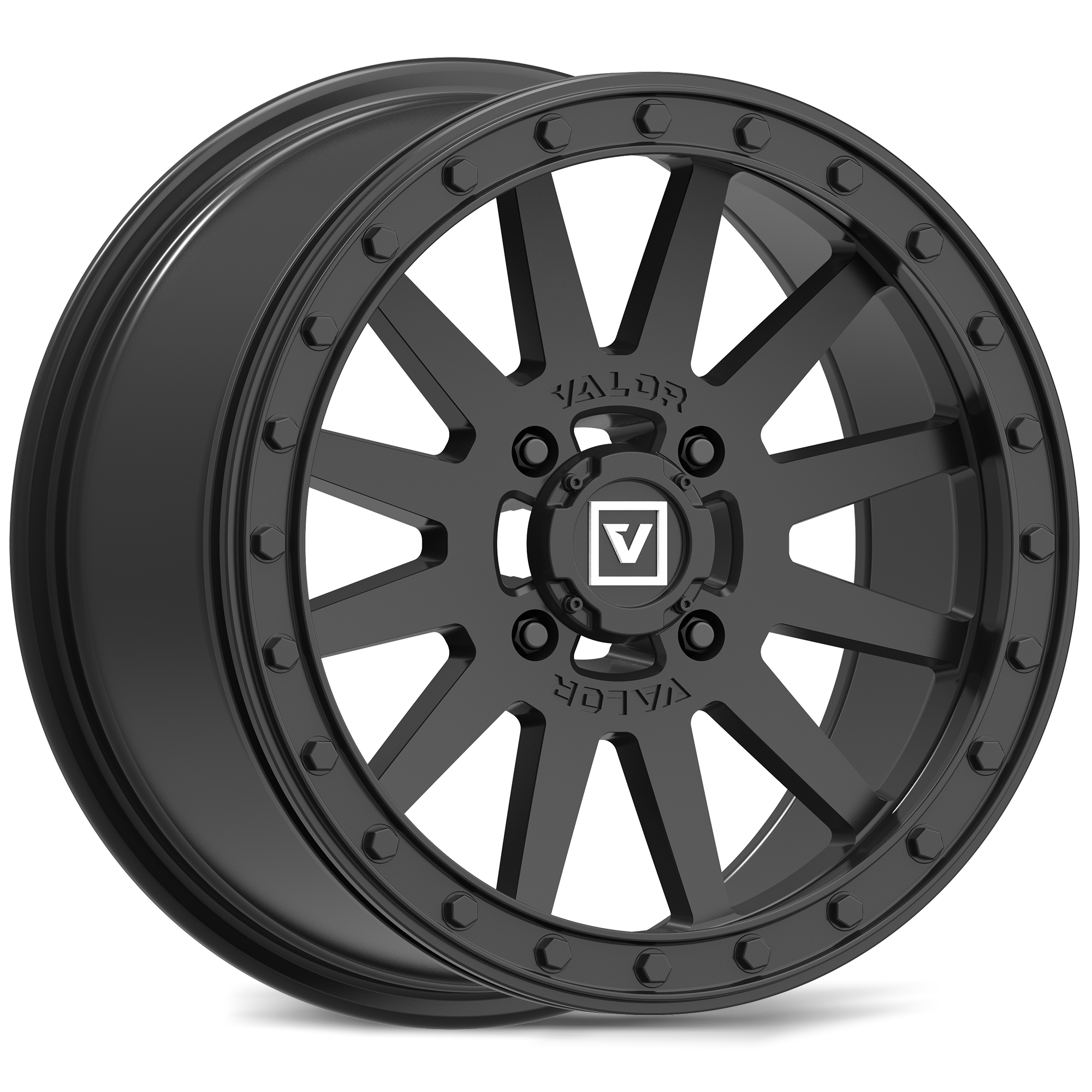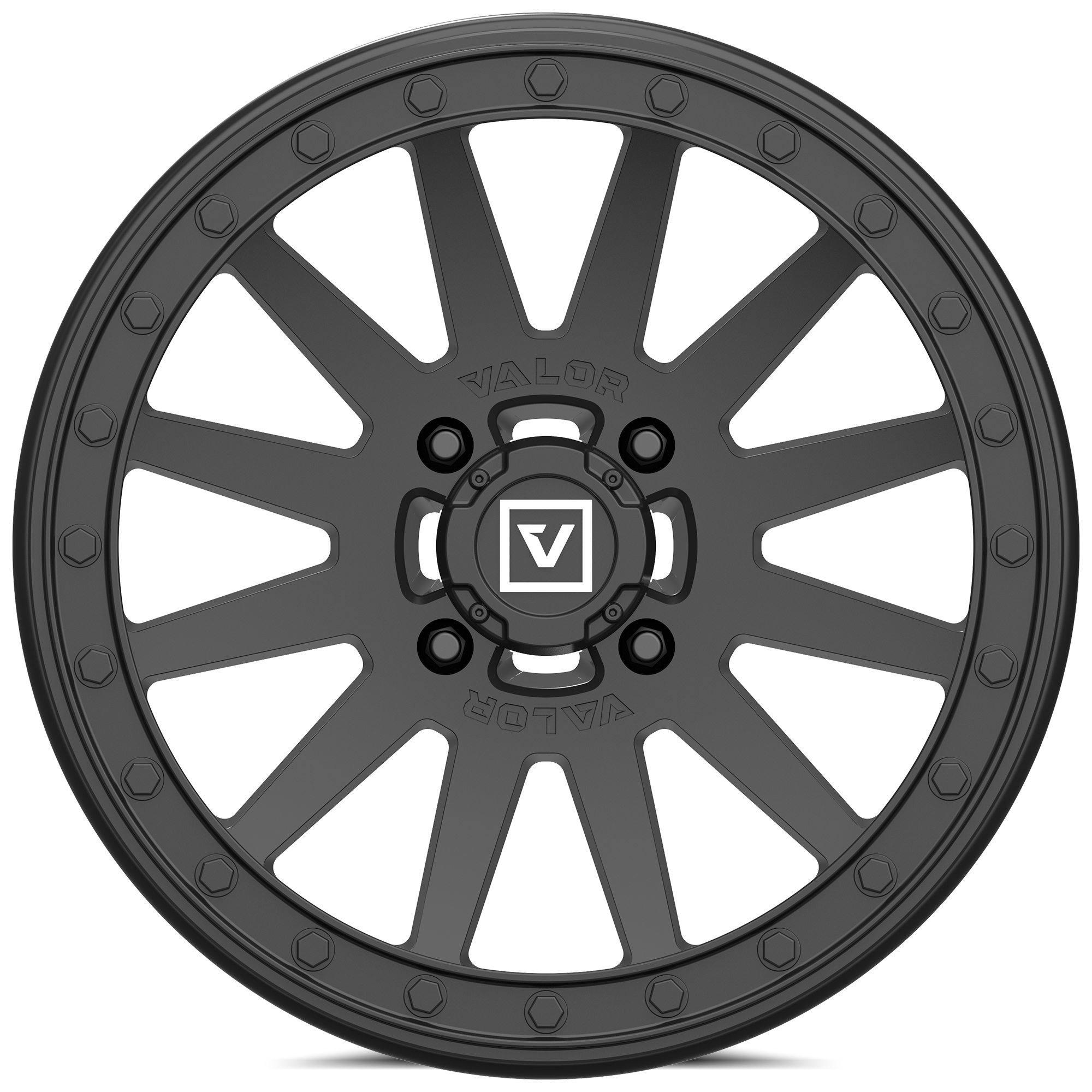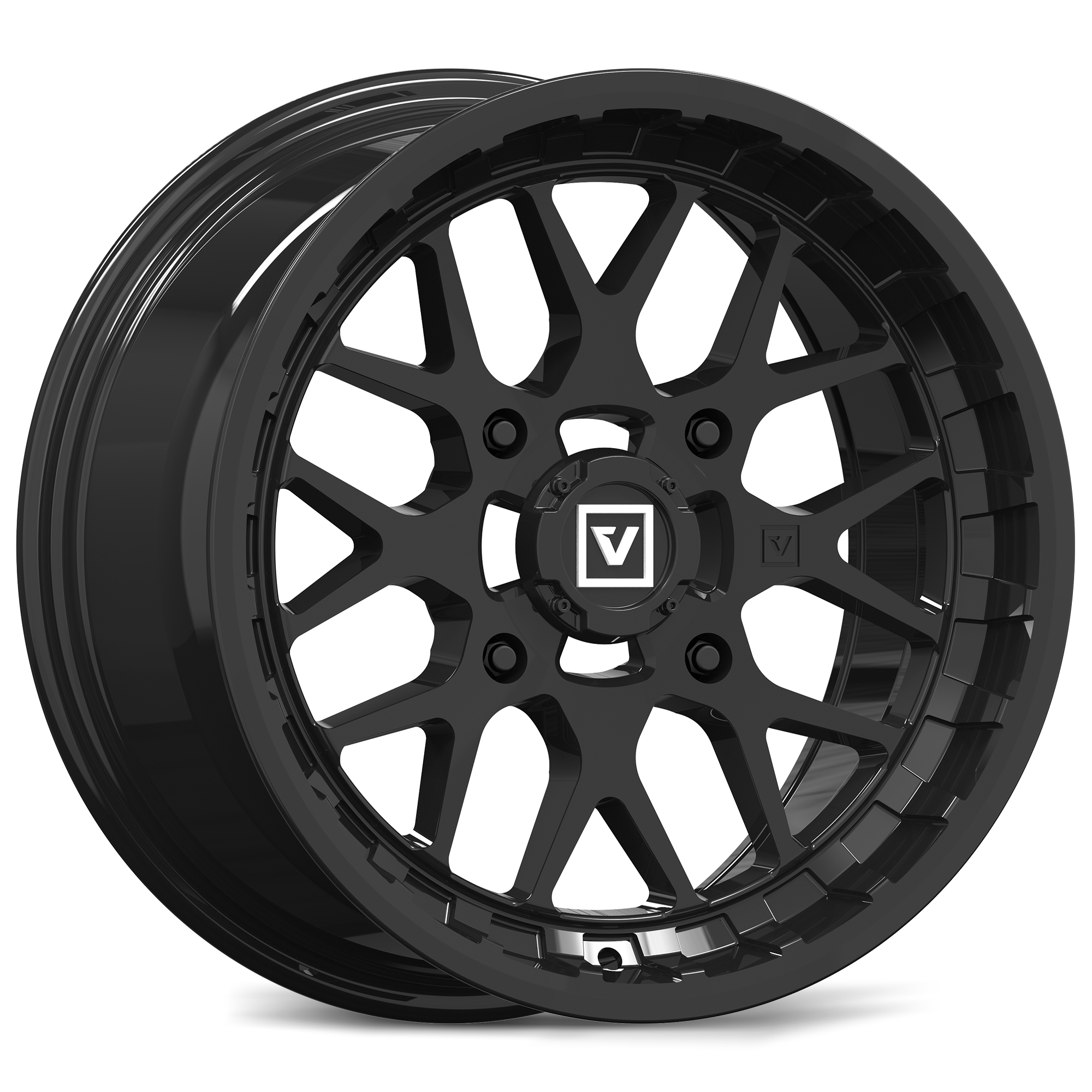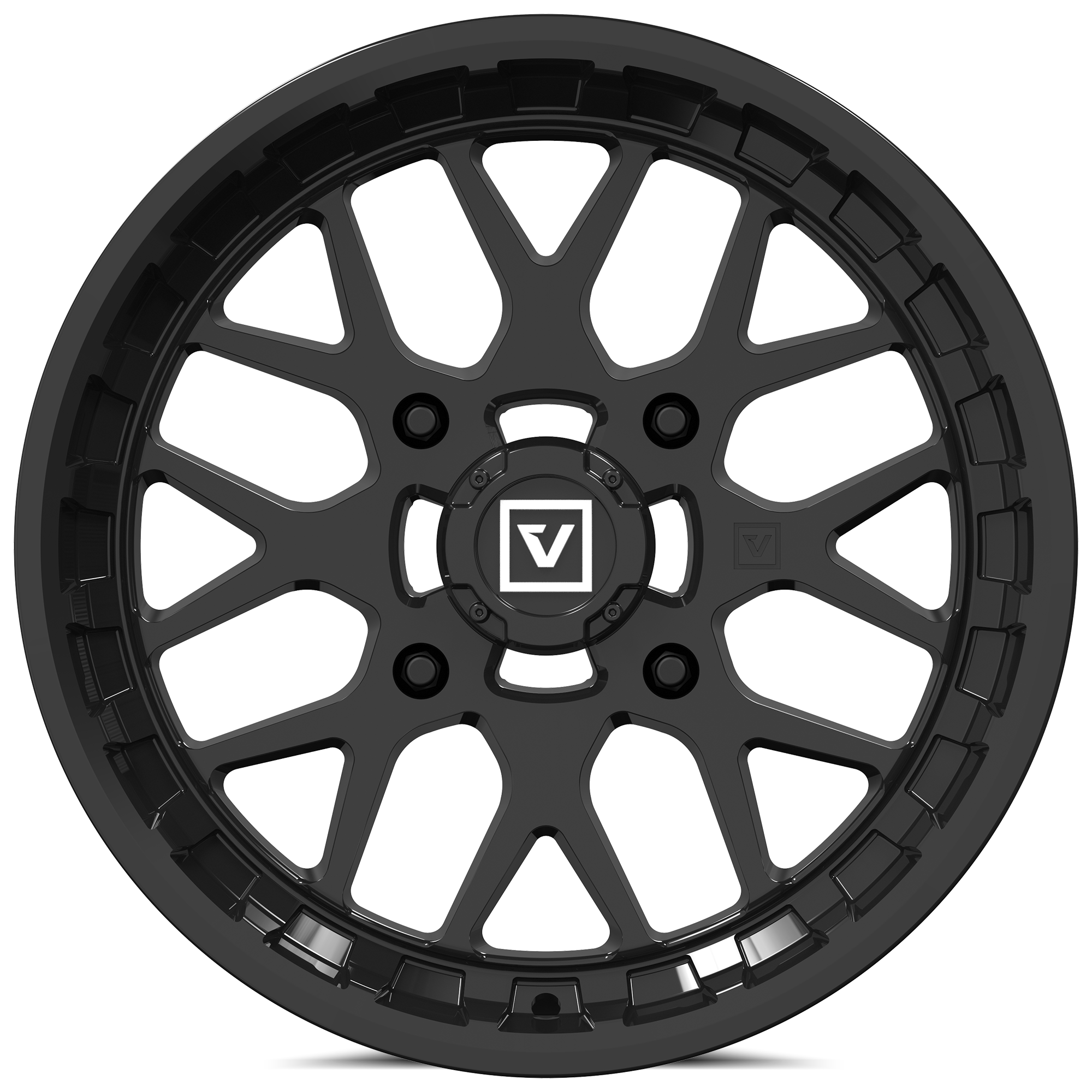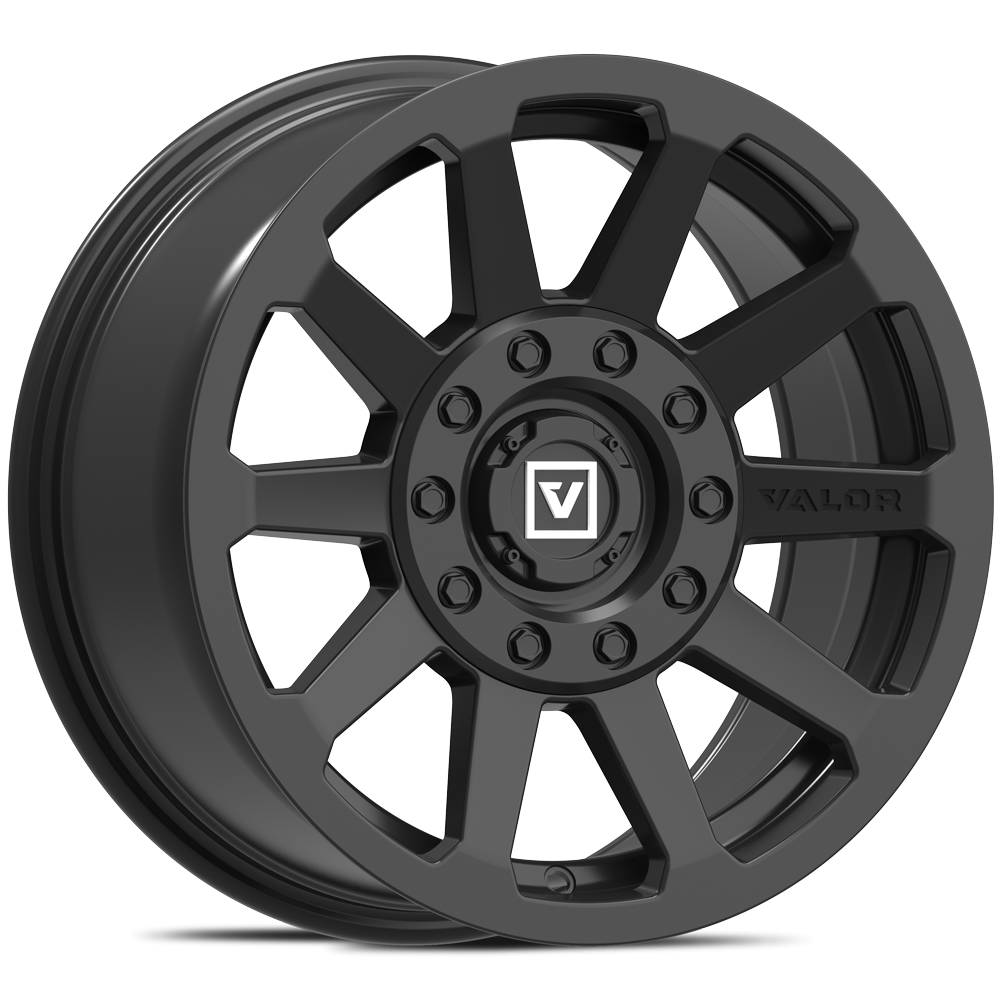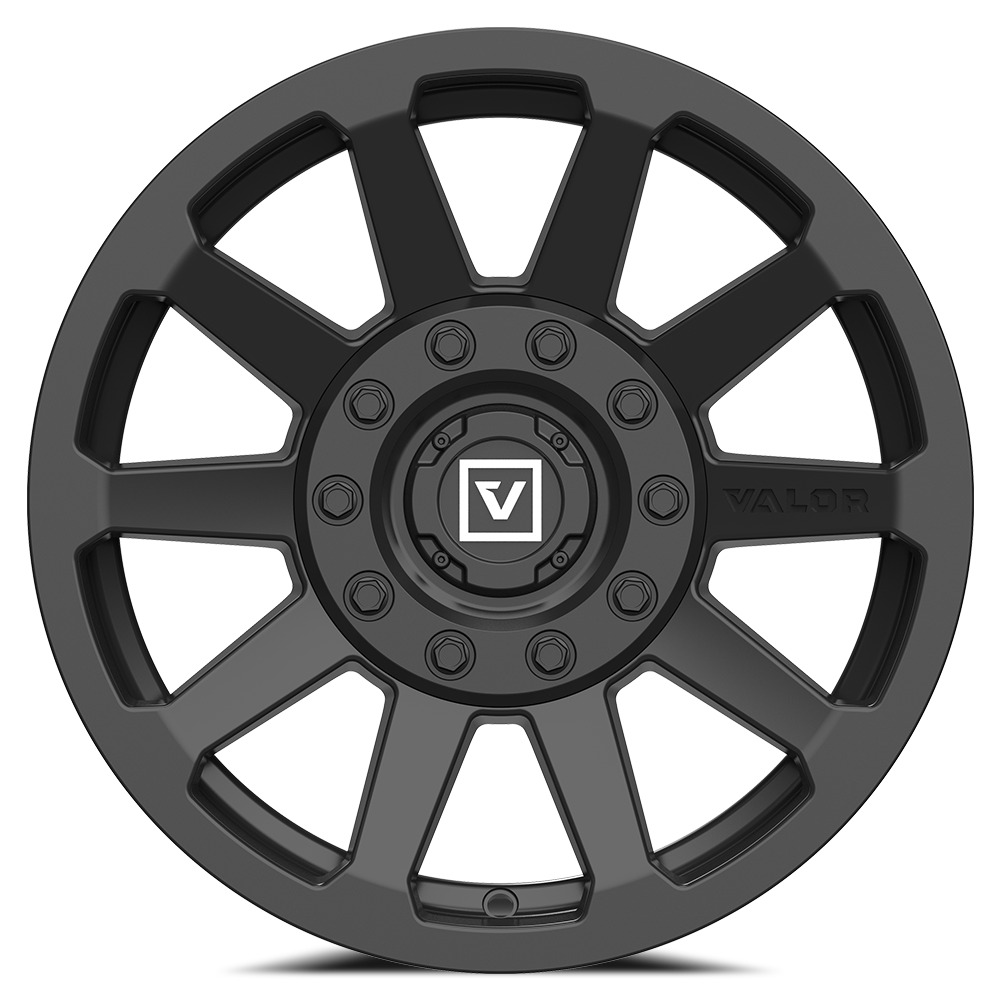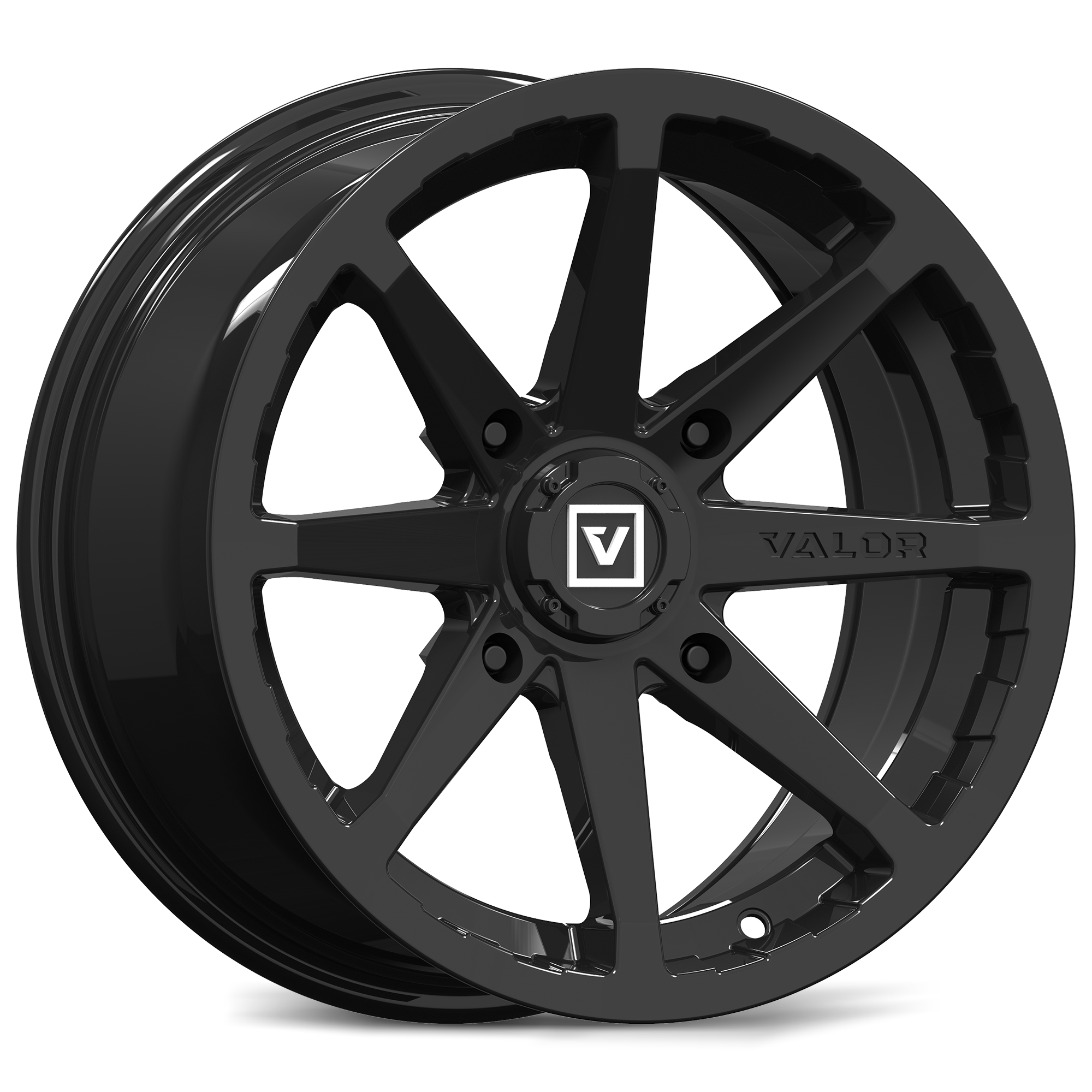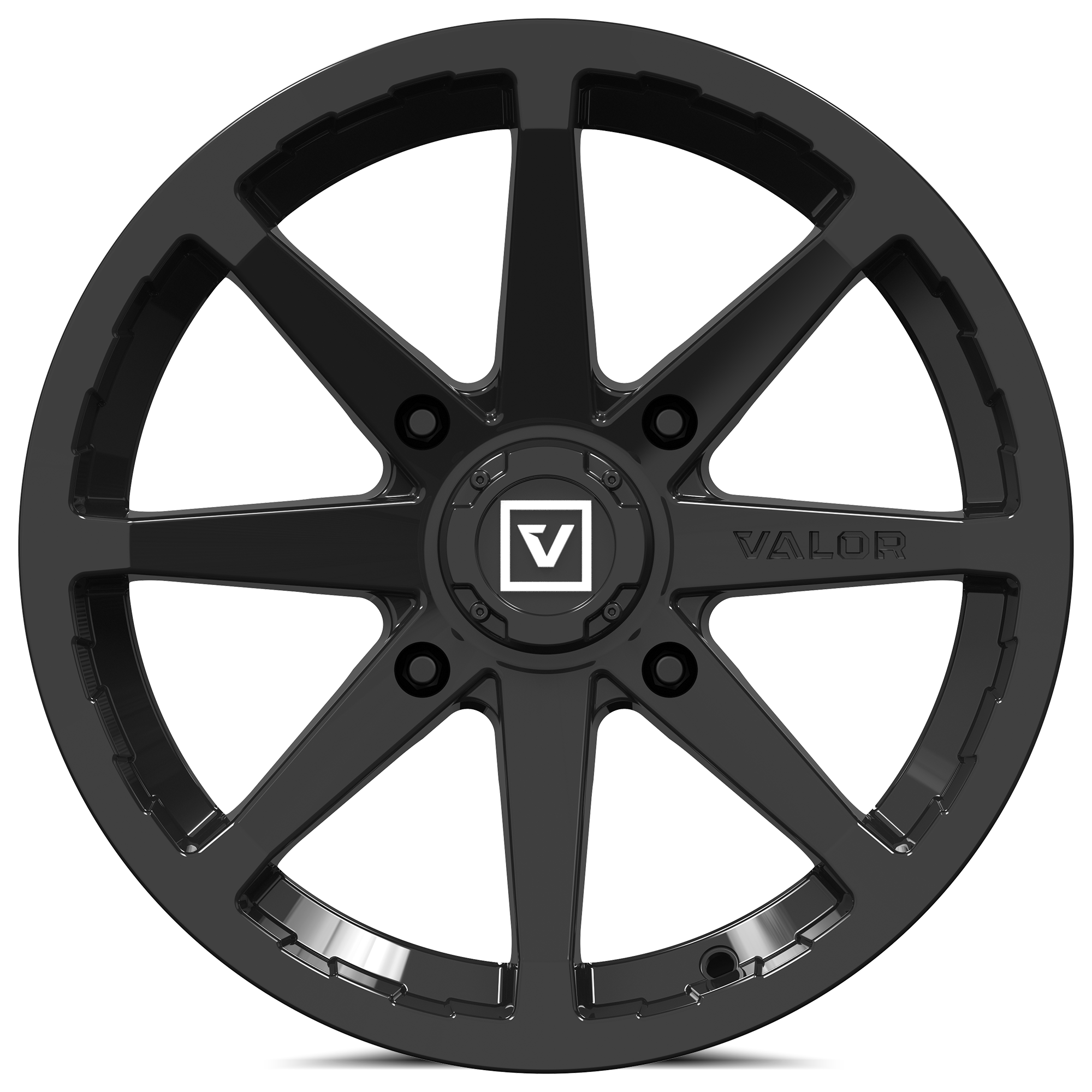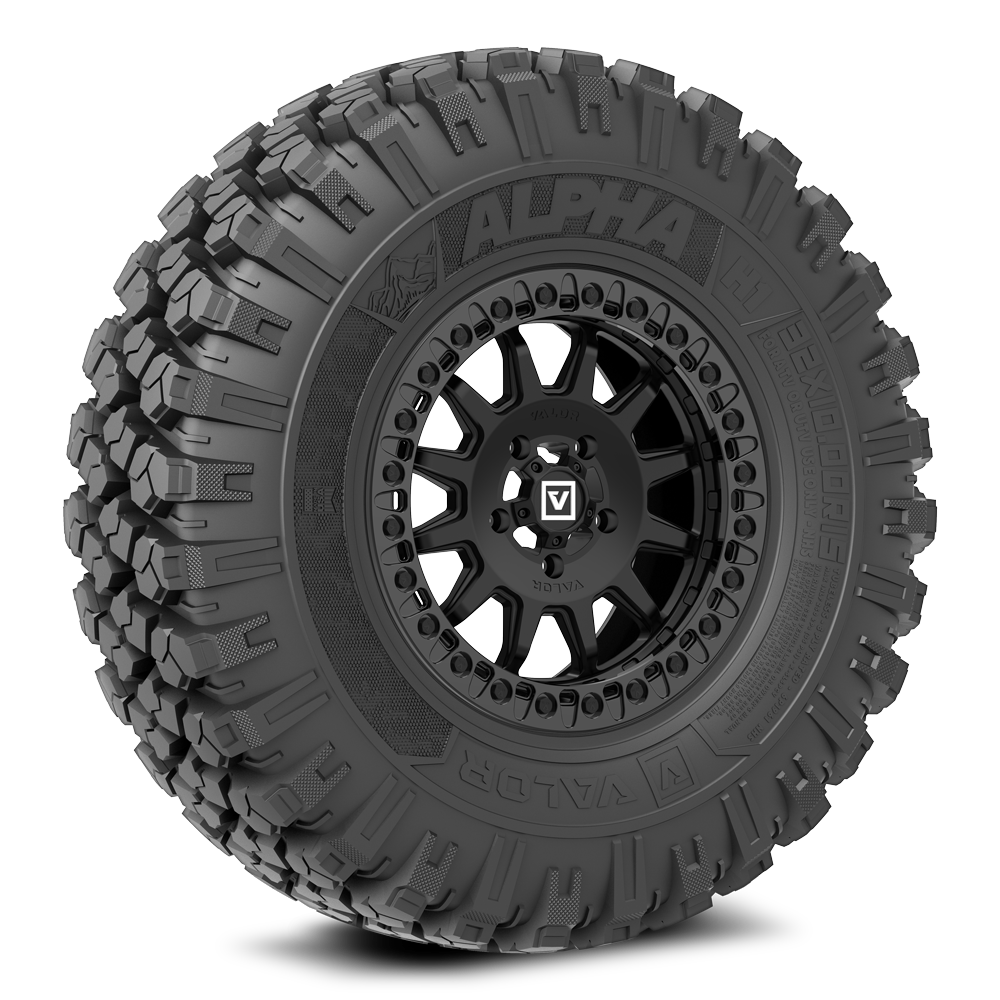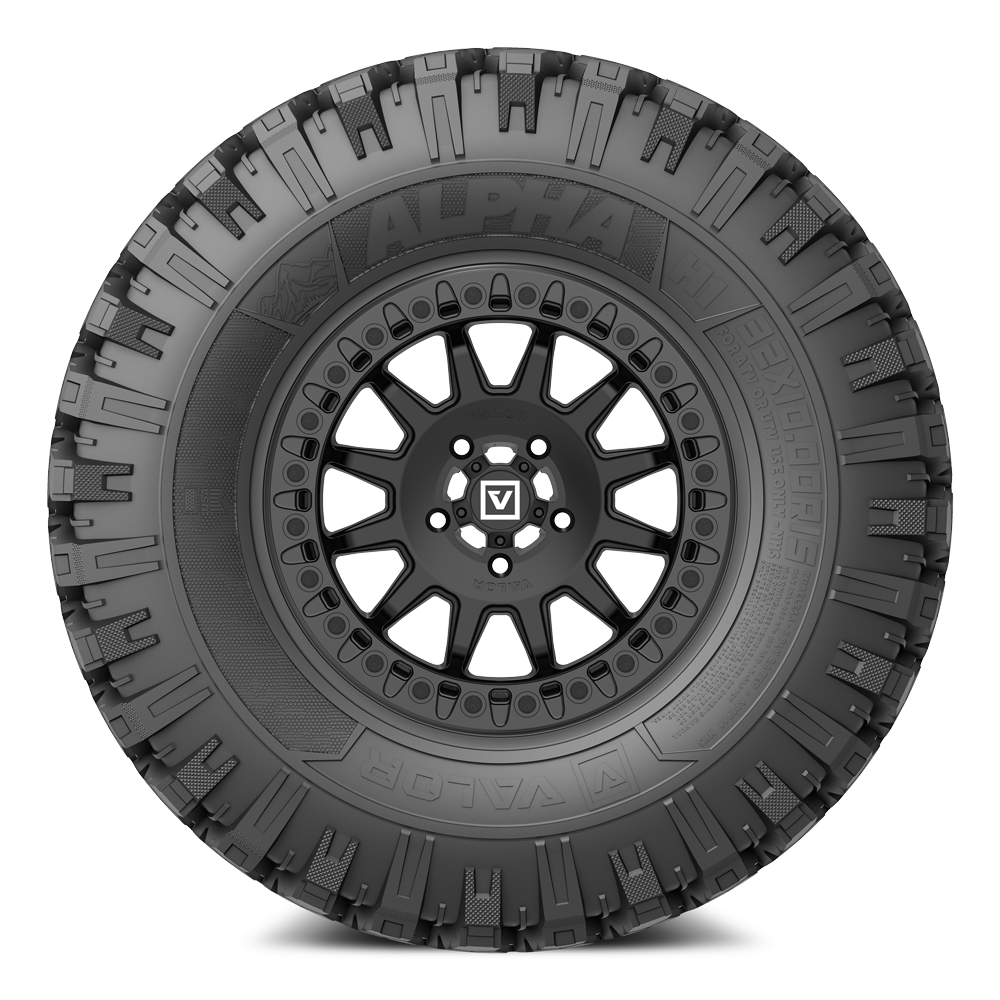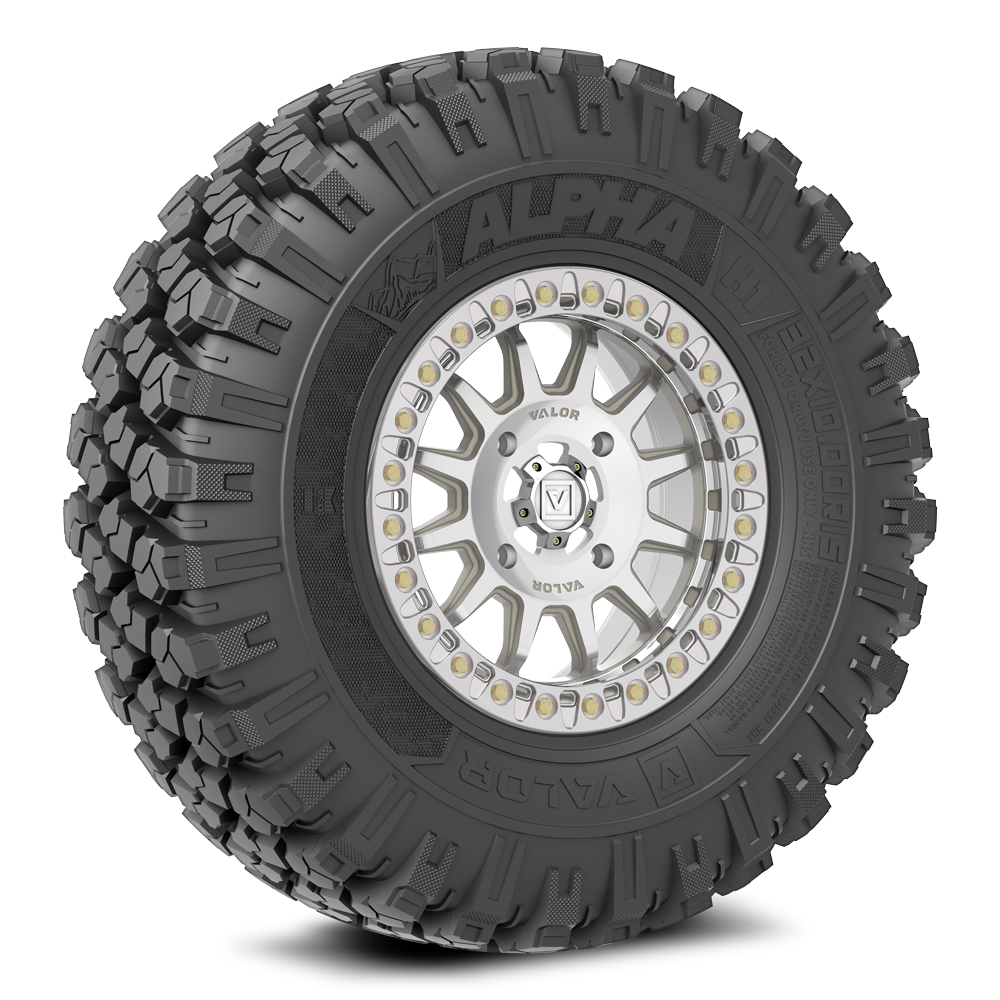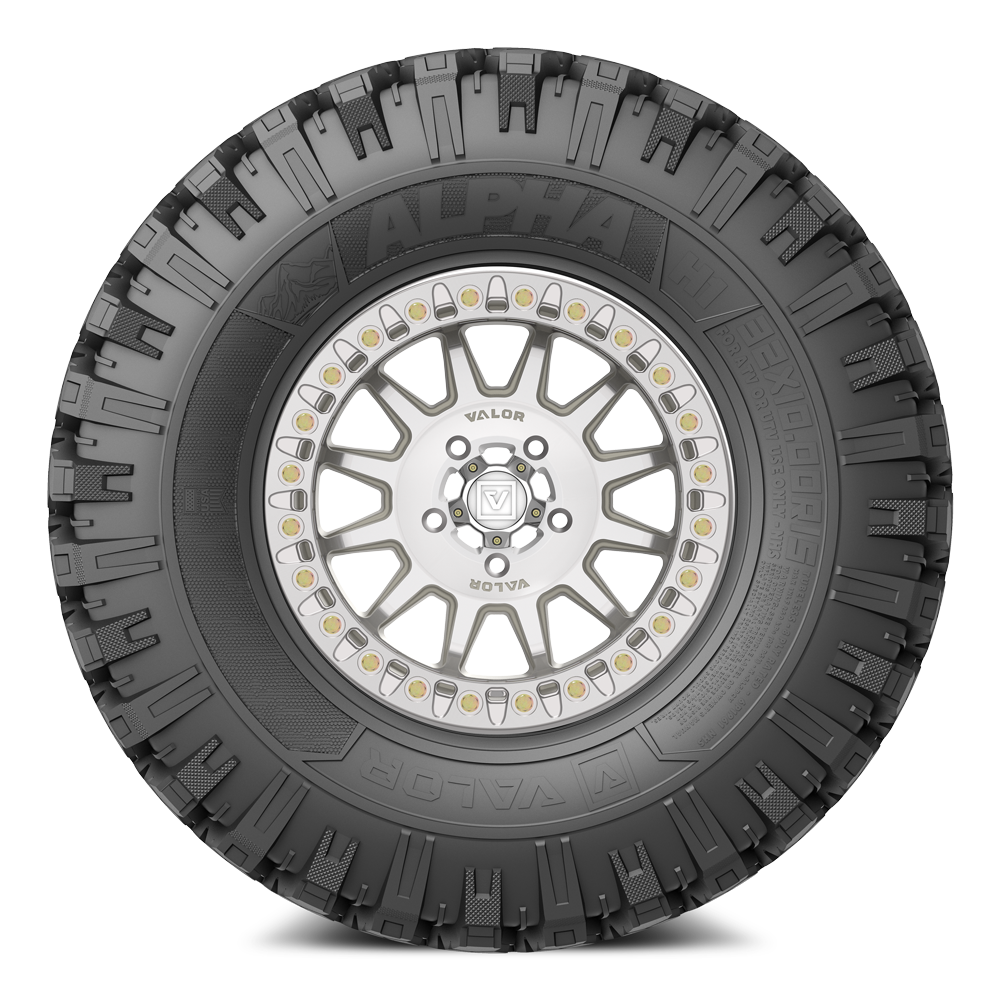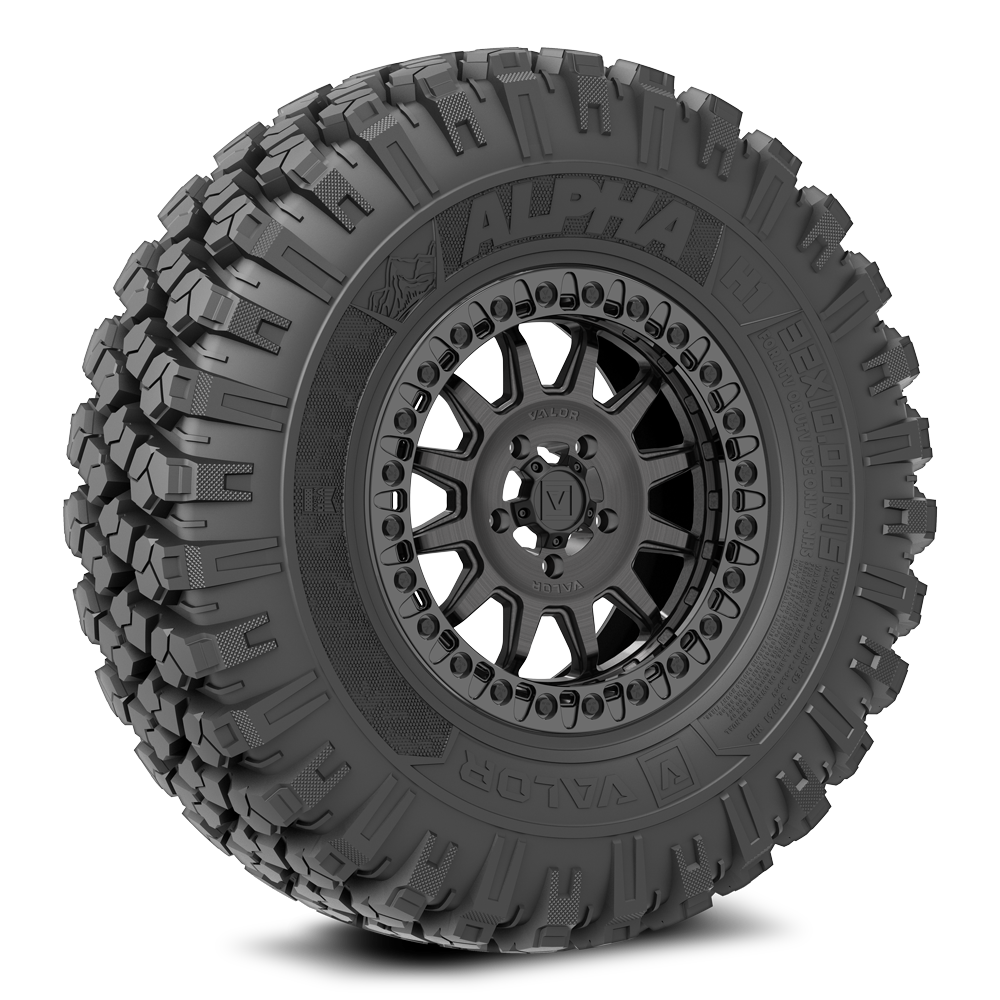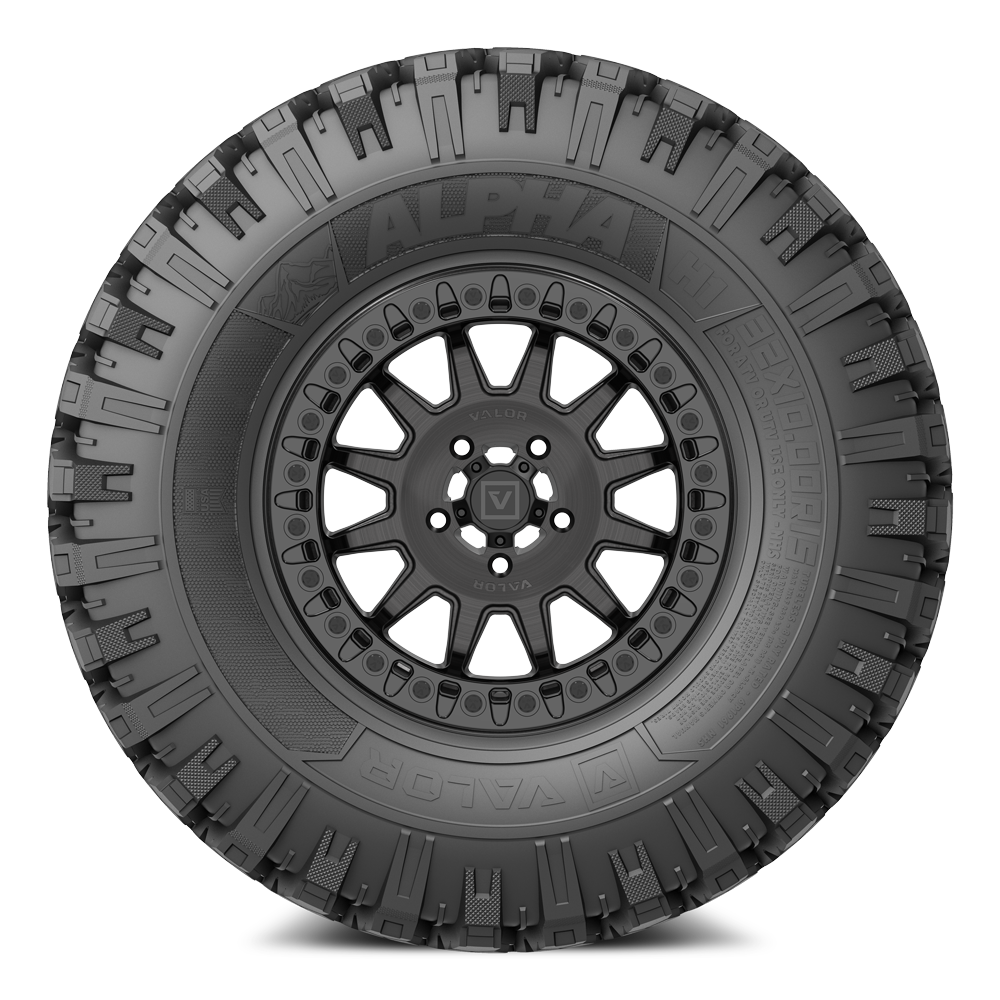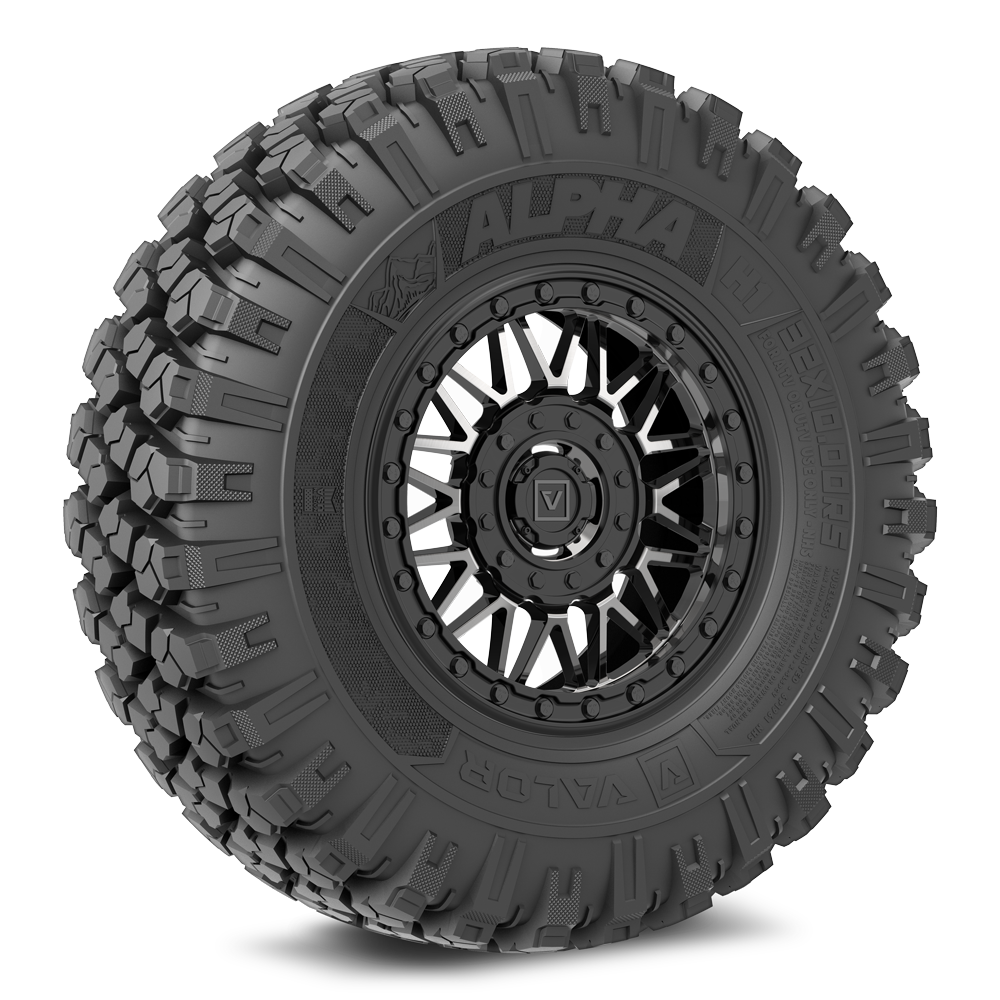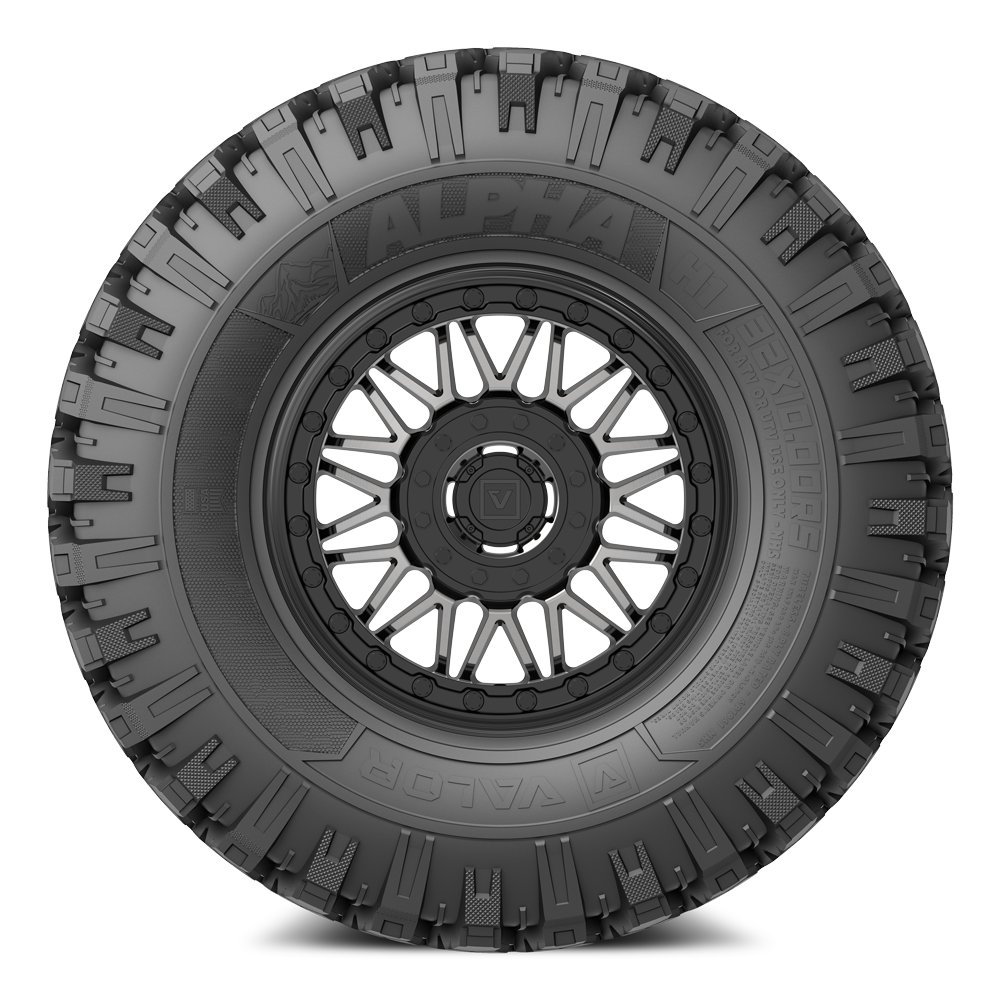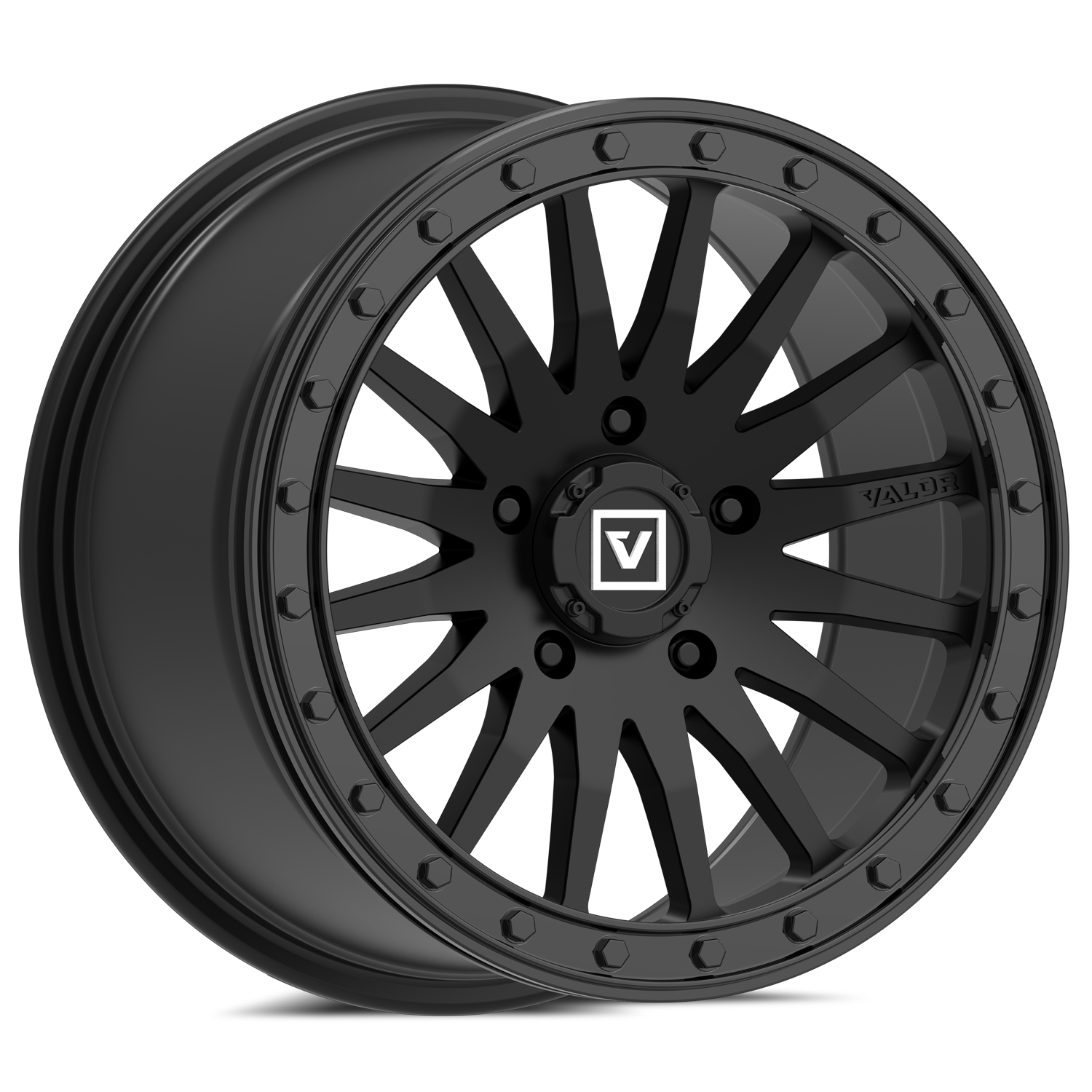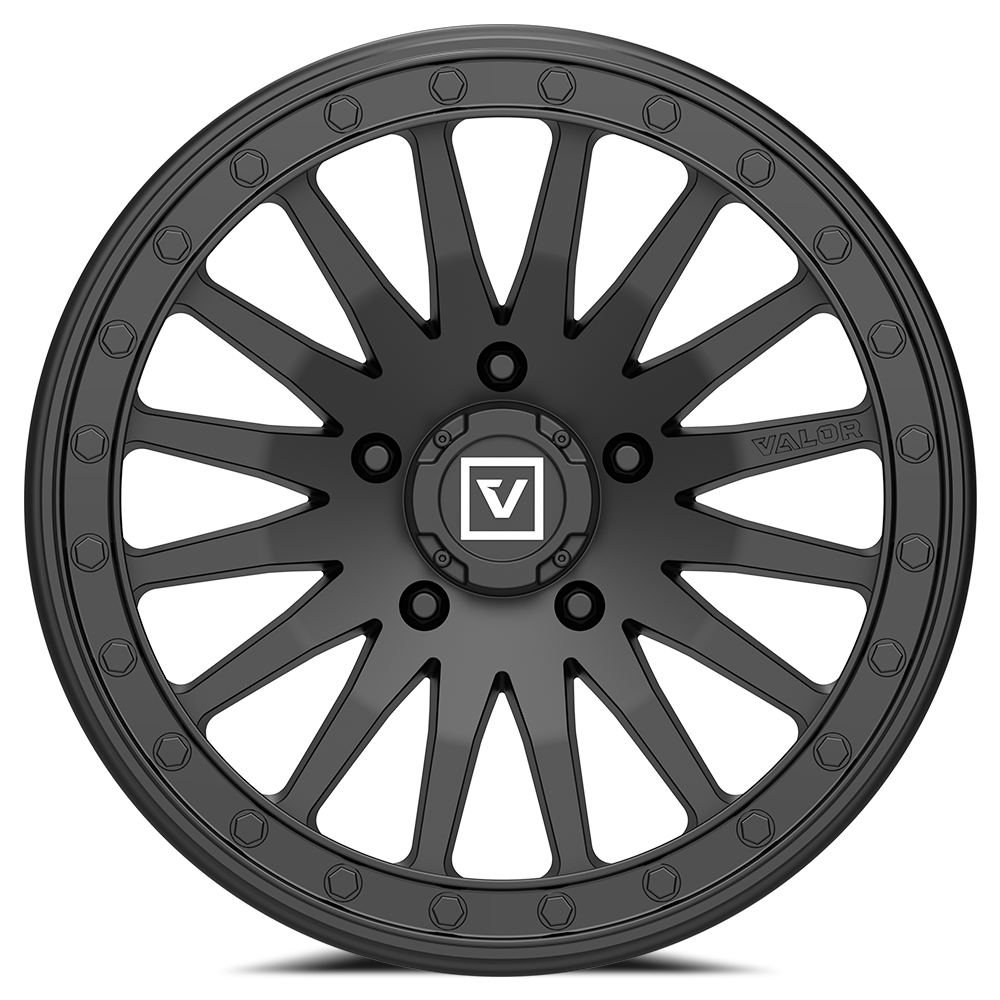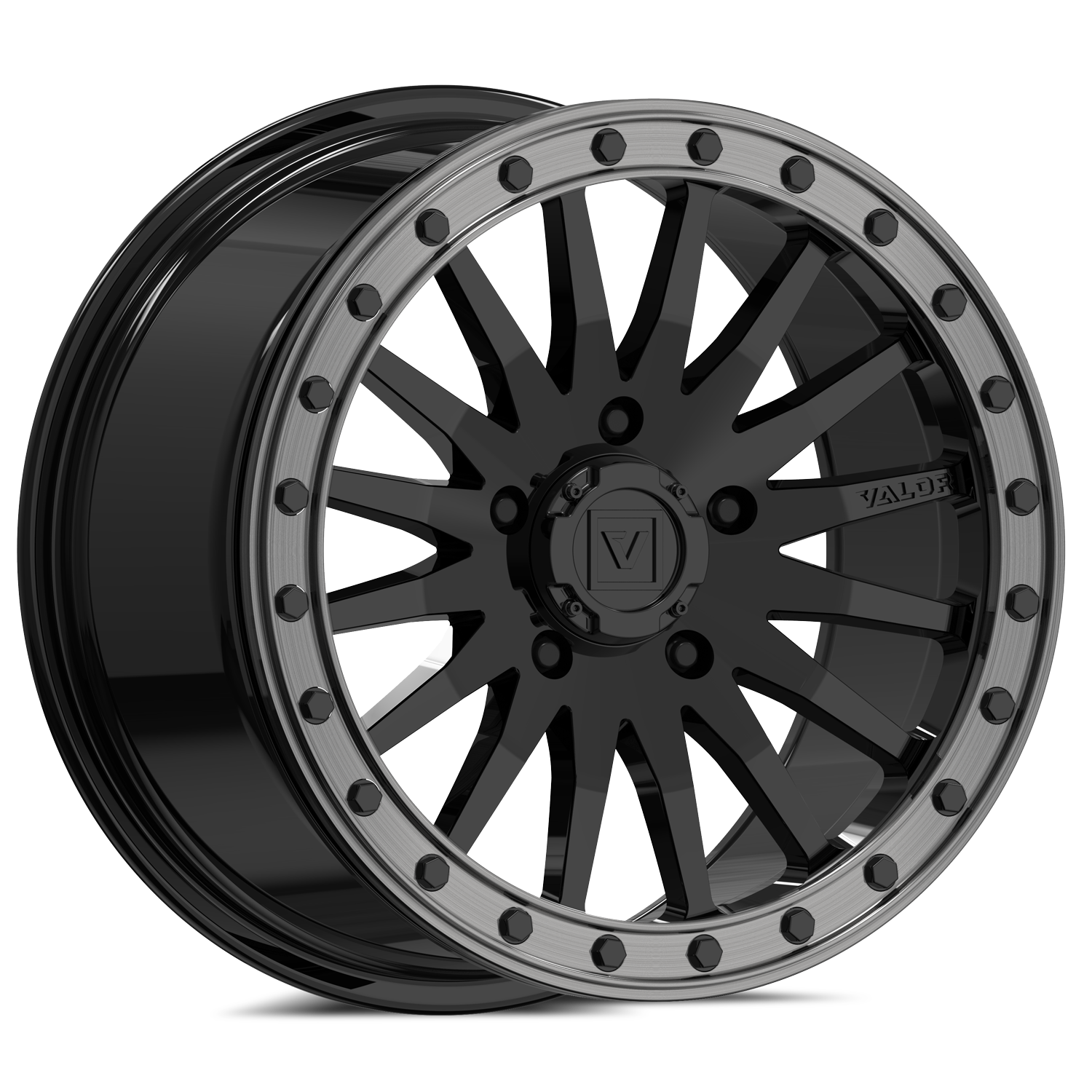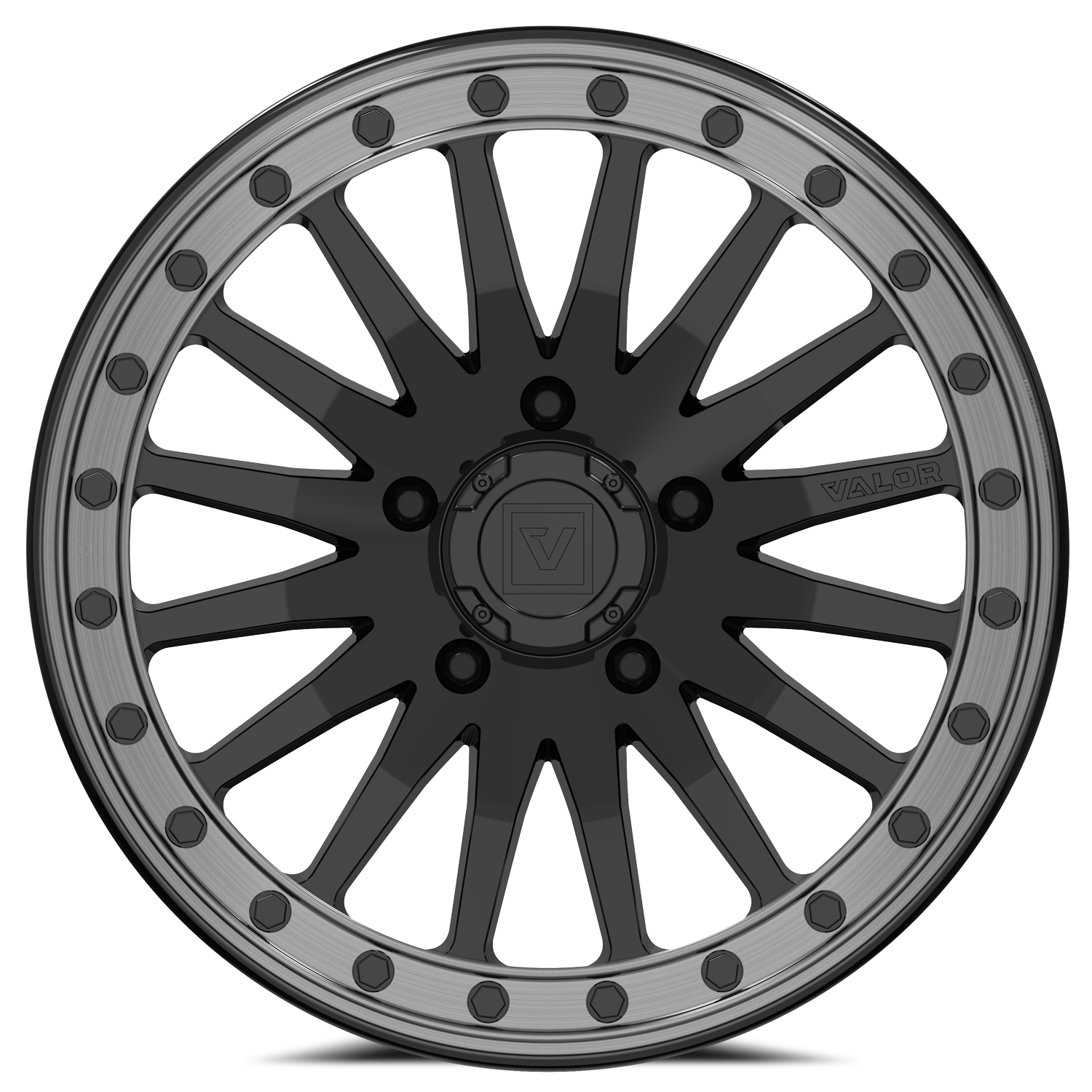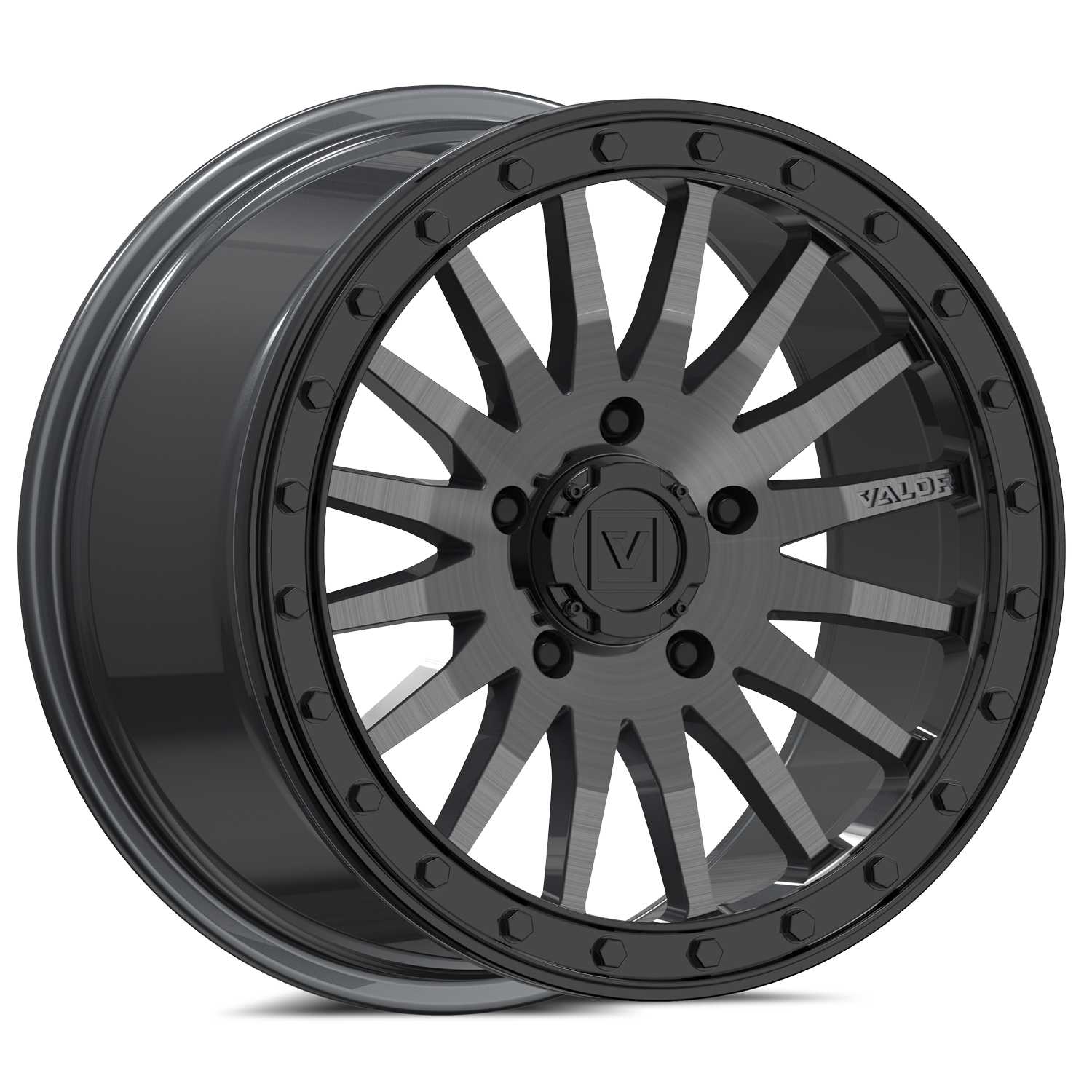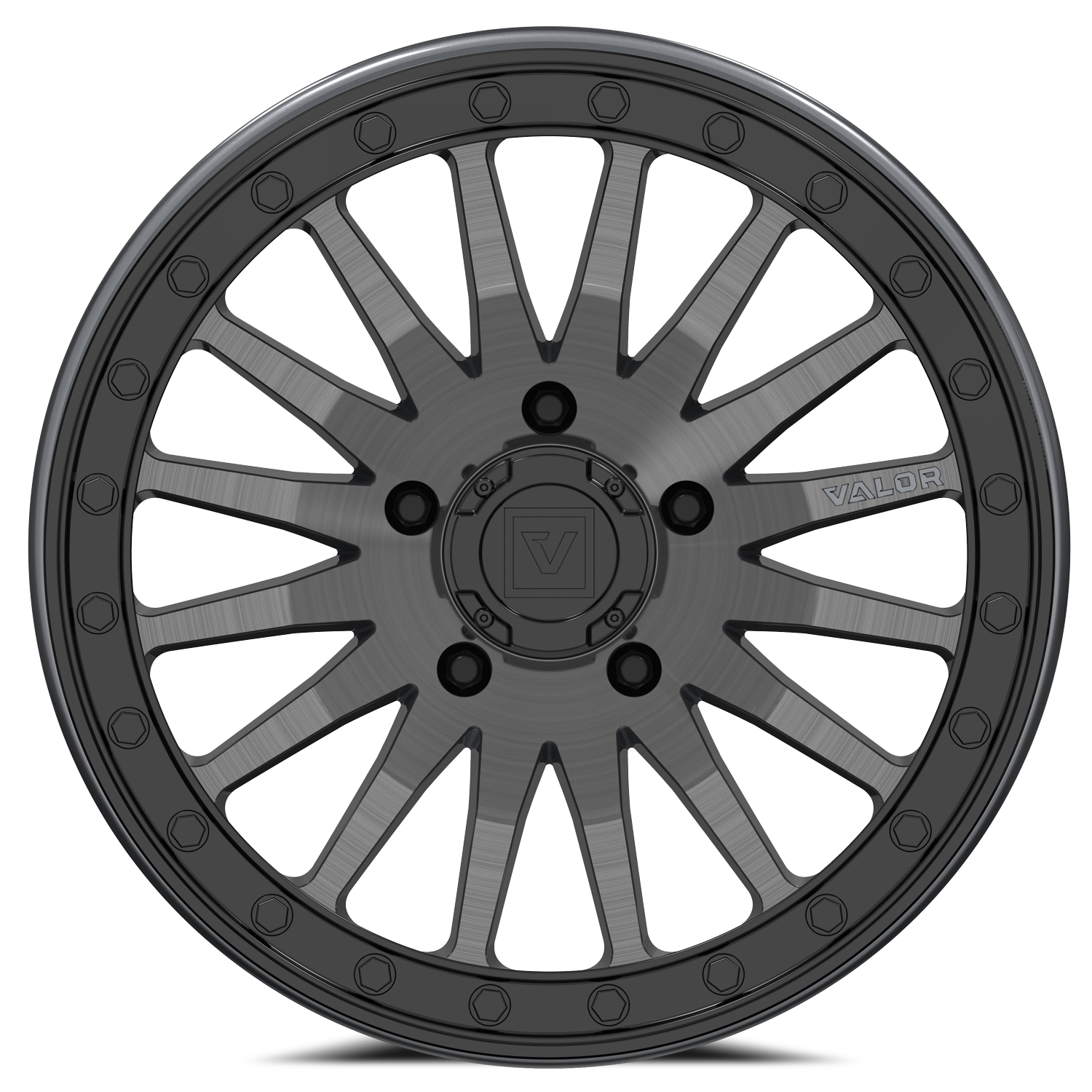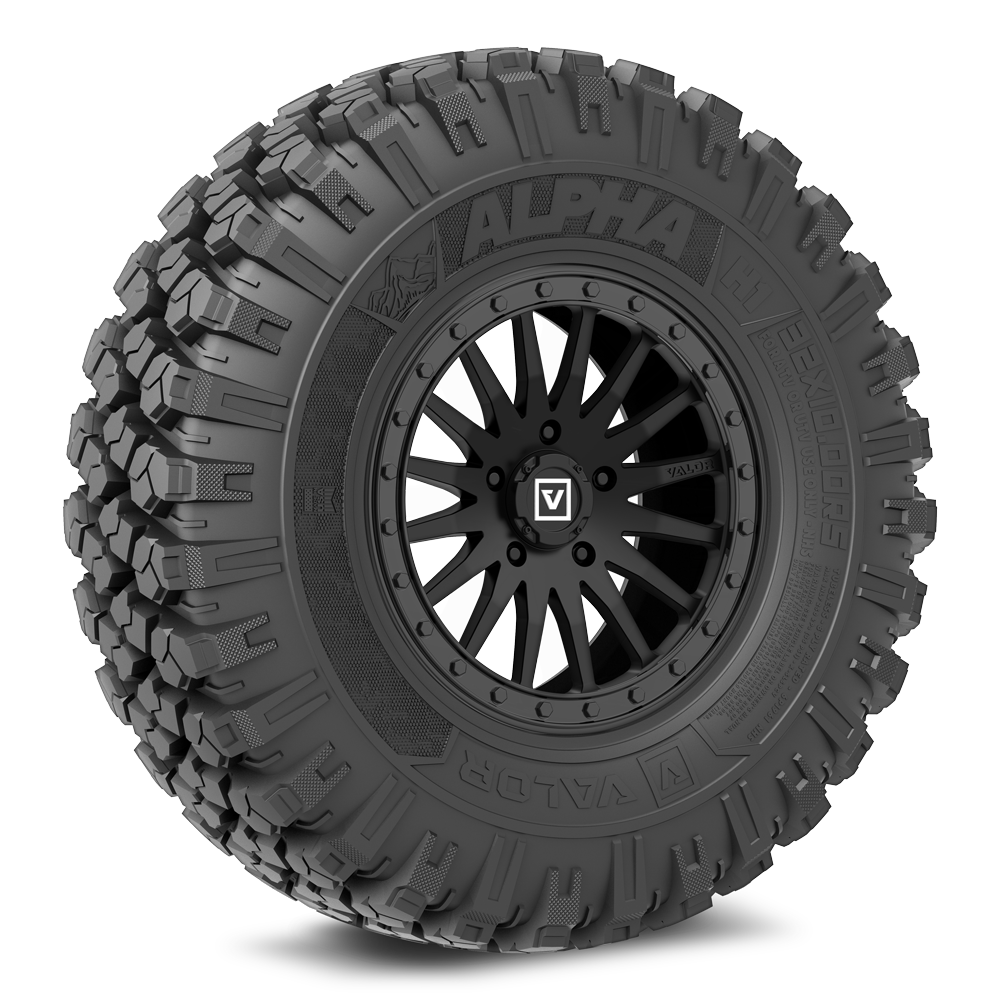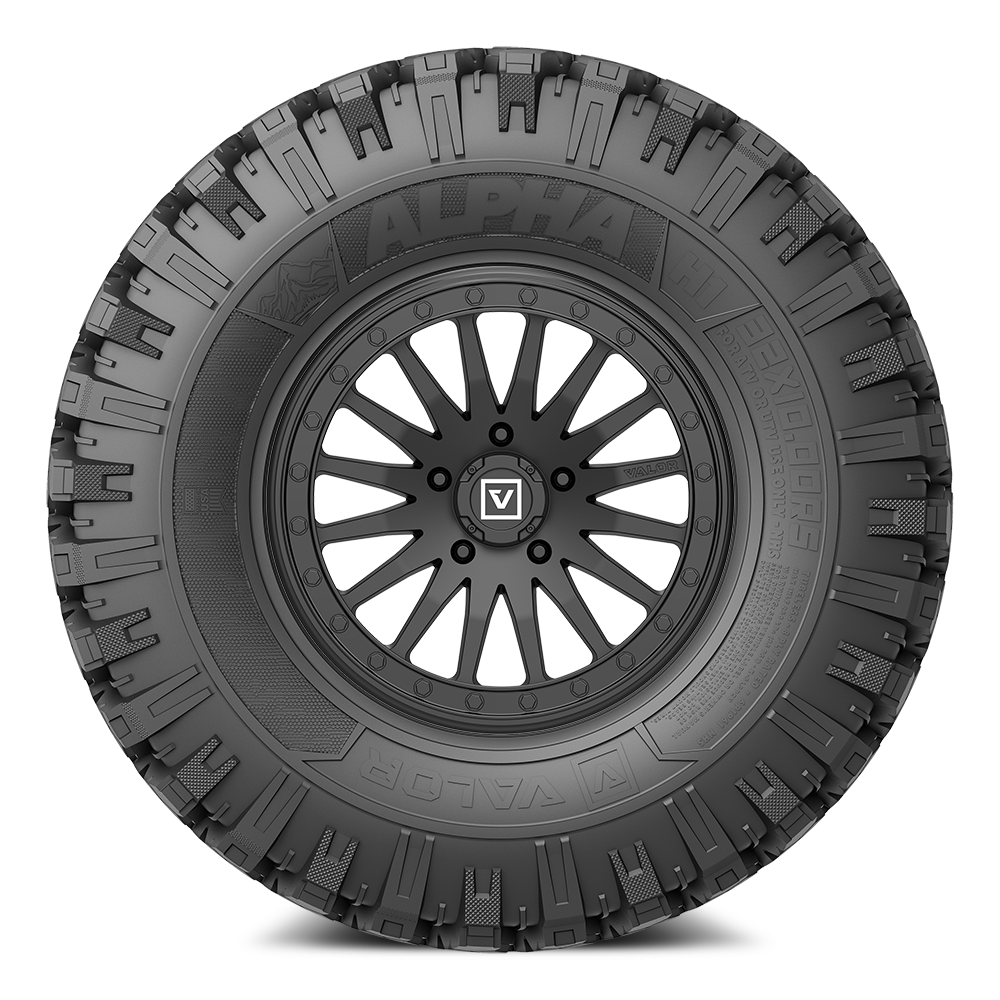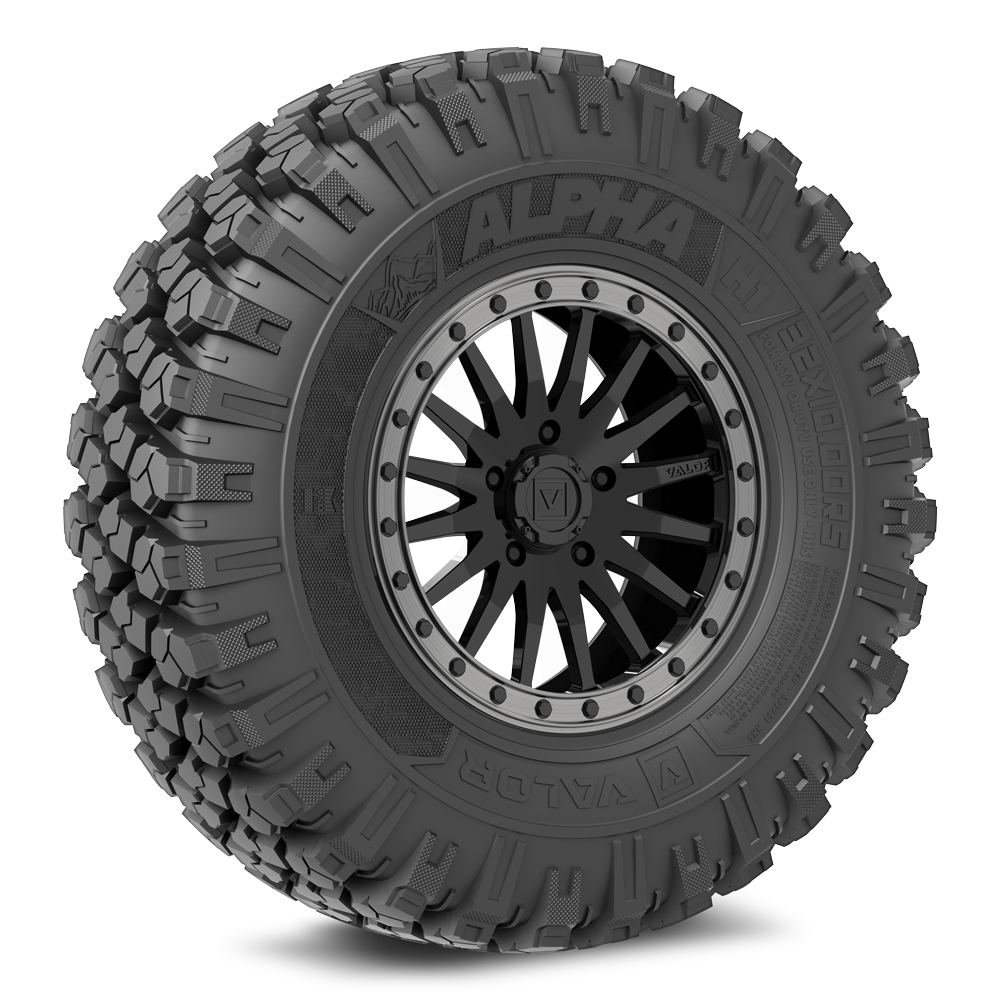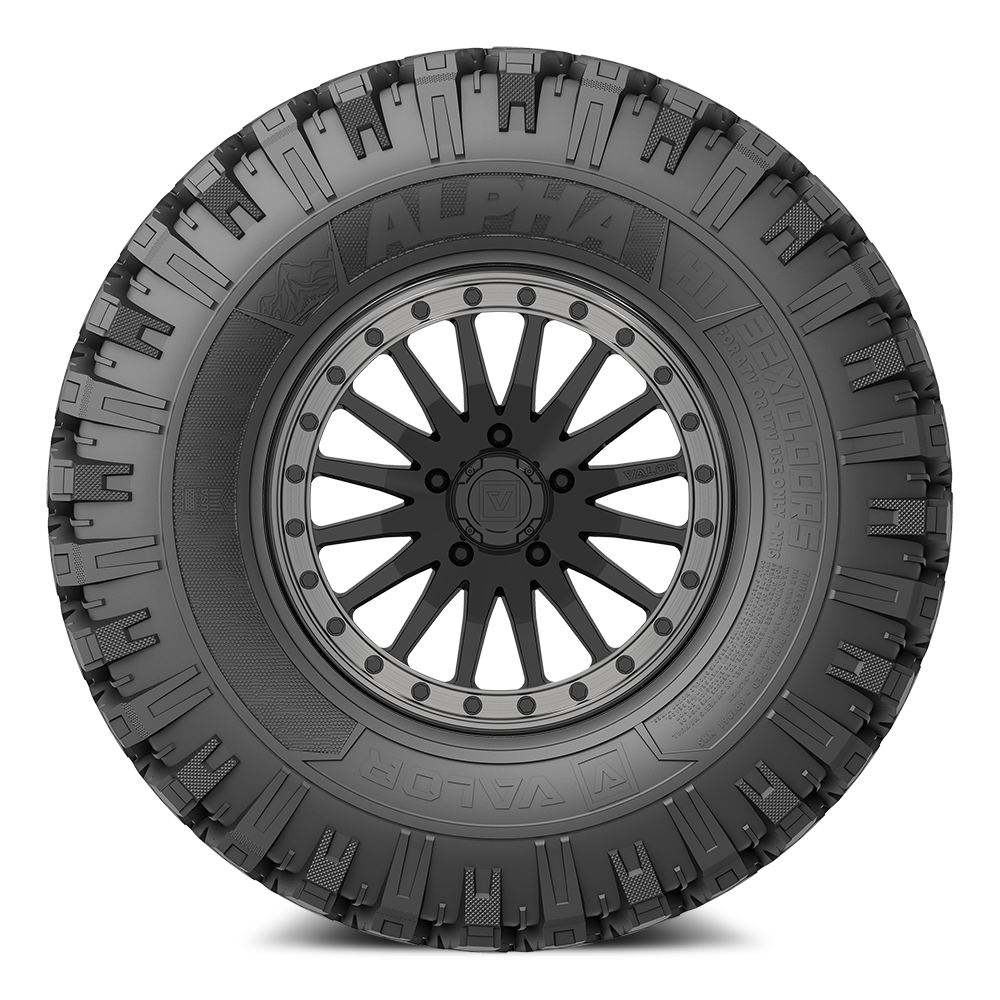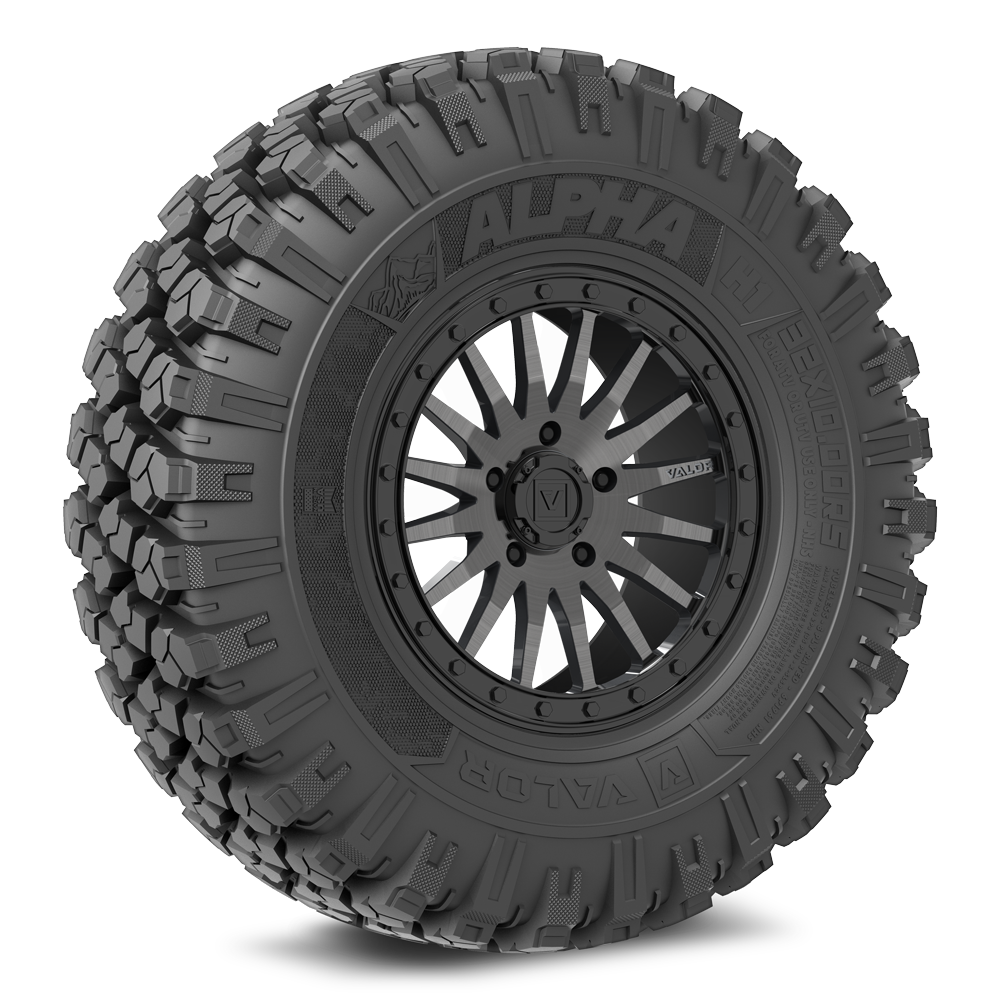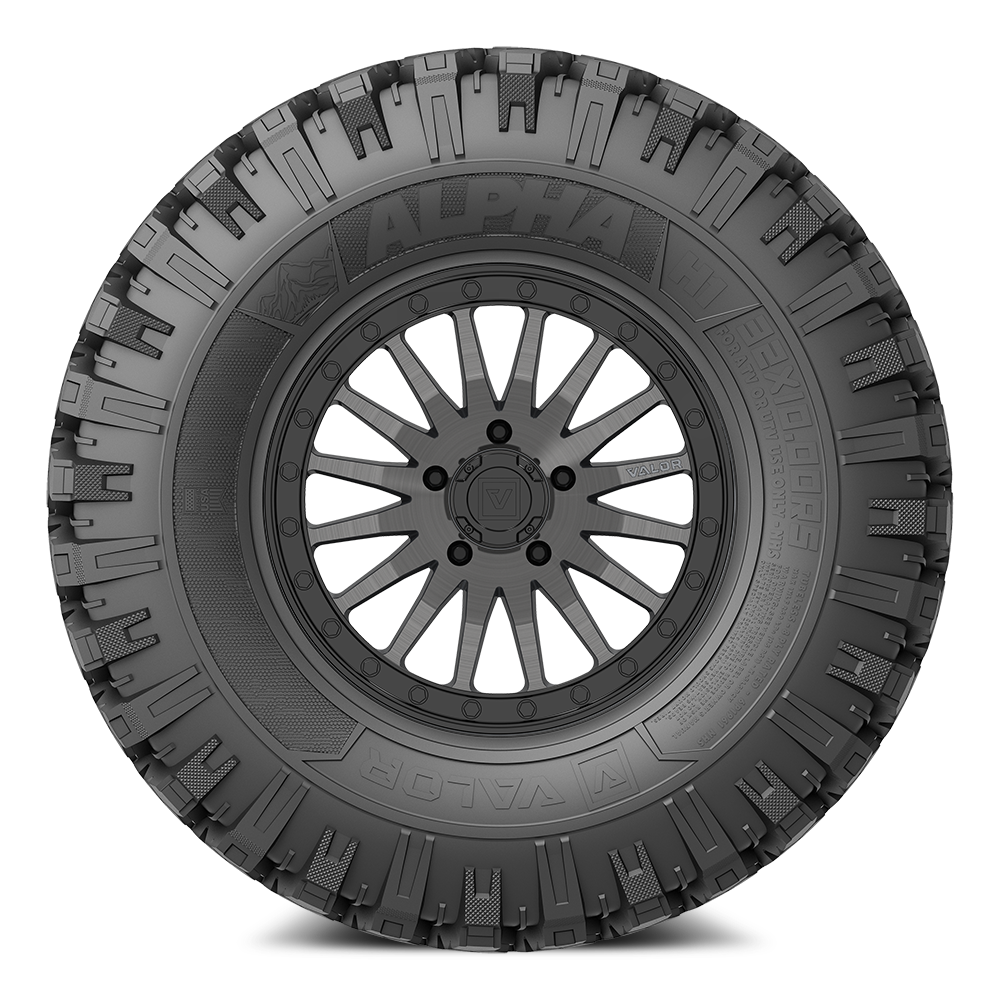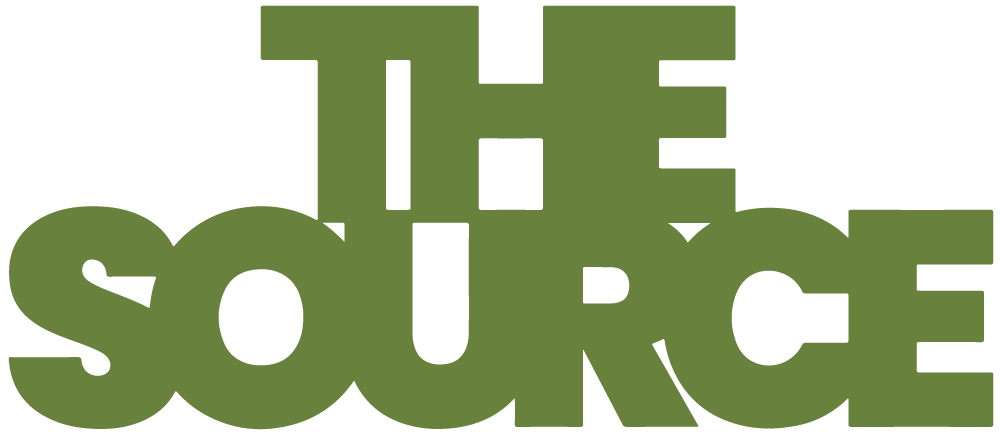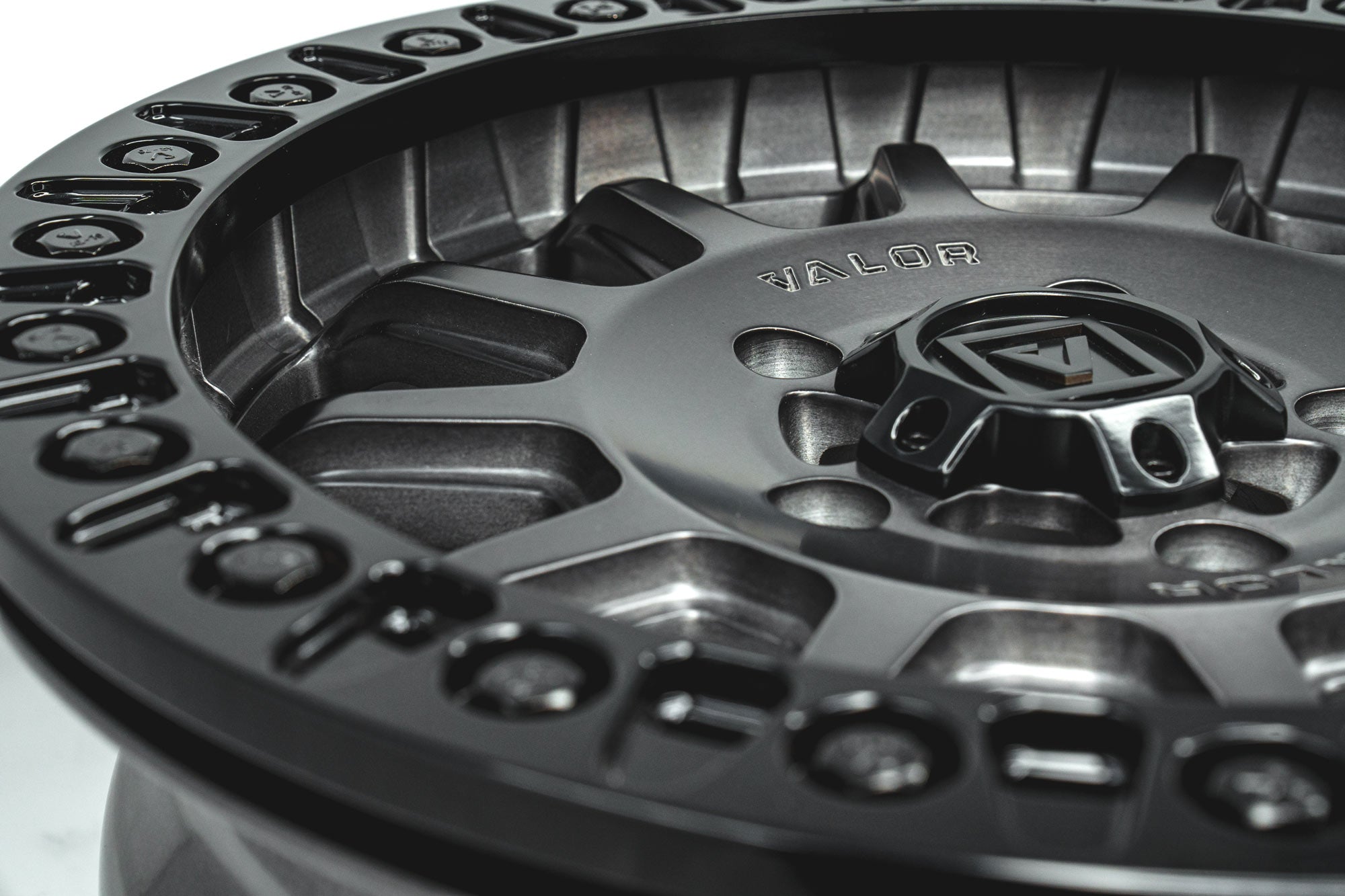Your tires are the only thing touching the ground when you're topping out at 70MPH or clawing your way to the top of an obstacle. It's time you know what makes each tire different and why knowing the details can help you pick the perfect tire for your machine, your preferred trail system and/or even the climate you intend to ride in.
We're going to break down the mysterious tire sidewall and all of the markings that up until today may have befuddled you. The tire example we chose for this post is the Toyo Open Country SxS. The tire sidewall provides a significant amount of information about the tire's intended purpose, dimensions, load capacity and high temperature/high speed durability.

Tire Size: 32X9.50R15 LT
- 32x - Tire height
- 9.50 - Tire width
- R - Radial construction
- 15 - Wheel diameter
- LT - Light Truck
Tire diameter refers to the overall diameter/height of the tire. For SxS specific tires, the tire diameter is always in inches and is typically the spec that people refer to when they talk about tires.
Tire width refers to the width of the tire's contact patch or aspect ratio. This measurement is important for people who have vehicle width limitations (trailer or garage) as the wider the tire, the wider your vehicle will end up. 9-10" is a very common width range for SxS specific tires.
Radial construction tires are built with cords, or plies, that run perpendicular to the direction of travel, and belts under the tread. This gives them a smoother ride and helps prevent heat build-up, which can make the tires last longer. If your tire is not Radial, you have bias-ply tires which are built with plies that are layered so they crisscross over each other. This creates a more rugged design, with greater puncture resistance in the sidewall.
Wheel diameter refers to the available wheel diameter. In this example, a 15" wheel was engineered to work with this tire size. SxS wheels are typically 7" wide so the preferred wheel for this tire would be a 15x7".
Light Truck (LT) tires are built with a rugged carcass, including more, thicker plies and sidewall reinforcements. Because LT tires come with higher load carrying capacities and a more robust construction, they’re far more rugged and durable than your average passenger tire, making them perfect for extra weight and tough road conditions.

Max load 625kg (1820 lbs) at 250 kPa (35 psi) cold
The maximum load and maximum inflation pressure are required to be branded on all tire sidewalls sold in North America. Tire pressures are normally measured in "pounds per square inch" (psi), Kilopascals (kPa), or bars of pressure (bars). At sea level, Earth's atmosphere is pressing against the surface with a force of 1 kilogram per square centimeter. This pressure is identified as one "bar," and is equal to 100 Kilopascals or 14.7 pounds per square inch of pressure.
This branding identifies that tire example above must be capable of, and be rated to carry 825 kg (1820 pounds). Additionally it identifies that the maximum tire inflation pressure for this tire is 250 kPa (35 psi).

CXHW 7VF1020
This series of alphanumeric characters refers to the manufacturing date, batch, and exact plant (location). Each tire will have a unique code here so that in the event of an issue, the tires produced in this batch can be remolded or altered prior to release.

Tread wear indicator
Every tire has a Tread Wear Indicator (TWI), which forms a triangle located on the sidewall of the tire. TWI is an indicator of tire wear and is also a benchmark for you to check if your tire is worn out. Another example of a TWI is a bar that bridges between two tire lugs.

Tires should be changed immediately when the tire tread has surpassed the indicators.

Tubeless Steel Belted Radial
A tubeless tire does not use a tube. Instead, it maintains inflation pressure in the tire by the attachment of a special rubber liner called the “inner liner,” that features low air permeability on the internal surface of the tire.
Radial tires are constructed with steel belts running at 90 degree angle of the tread center line. This gives the tire it's reinforcement to be able to withstand the internal air pressure and external weight of the vehicle. This results in a smoother ride that helps prevent heat build-up, which can make the tires last longer. Radial tires have more flex therefore allowing more ground contact. The end result is better traction and tread wear.
Alternatively, steel belted bias tires (not radial) uses two or more layers of nylon cord PLUS two steel belt layers beneath the tread. This construction creates a reinforced carcass (the network of chords that gives the tire is strength) that offers additional support and a more rigid inner material to bond with the tread.
Safety Warning
All tires will refer the consumer to perform routine maintenance and safety checks on tires to ensure proper inflation, wear and identify early failure patterns. The fine print on this Toyo Open Country SxS tire reads:
Serious Injury may result from tire failure due to underinflation/overloading. Follow owners manual or tire placard in vehicle. Explosion of tire/rim assembly due to improper mounting. Only specially trained persons should mount tires. Never exceed 40psi to seat beads. Mount only on 15 inch rim approved for radial tires.

